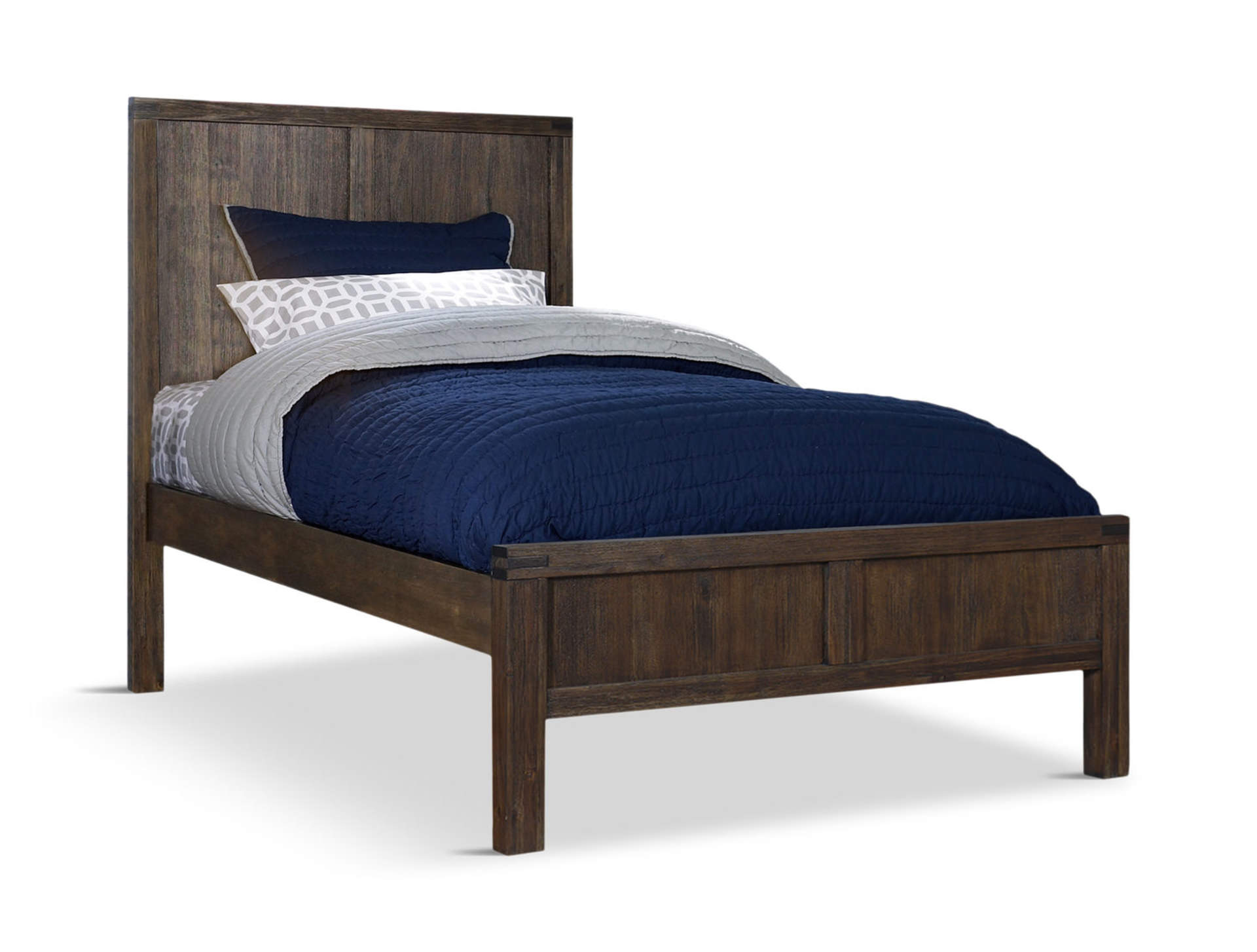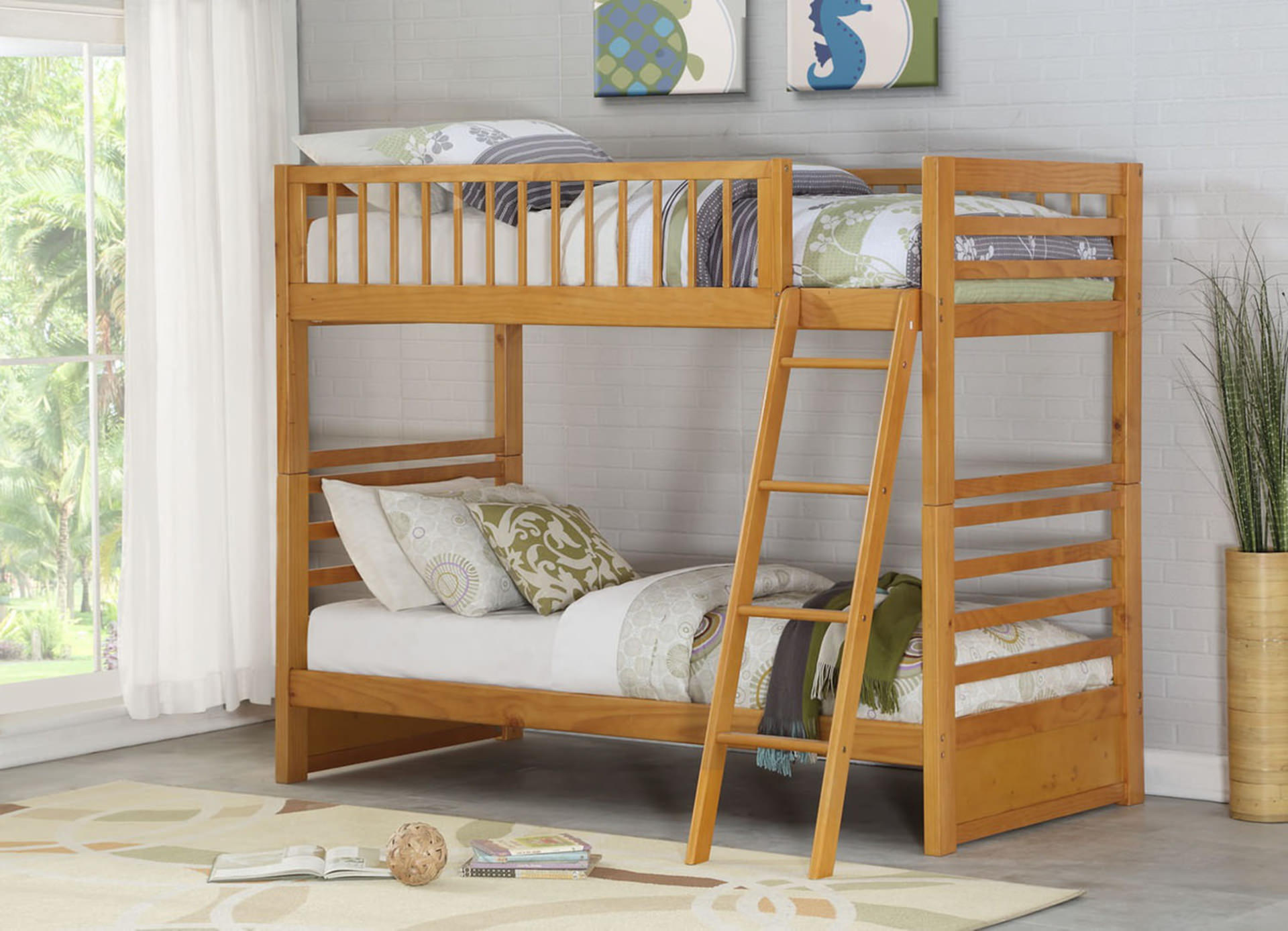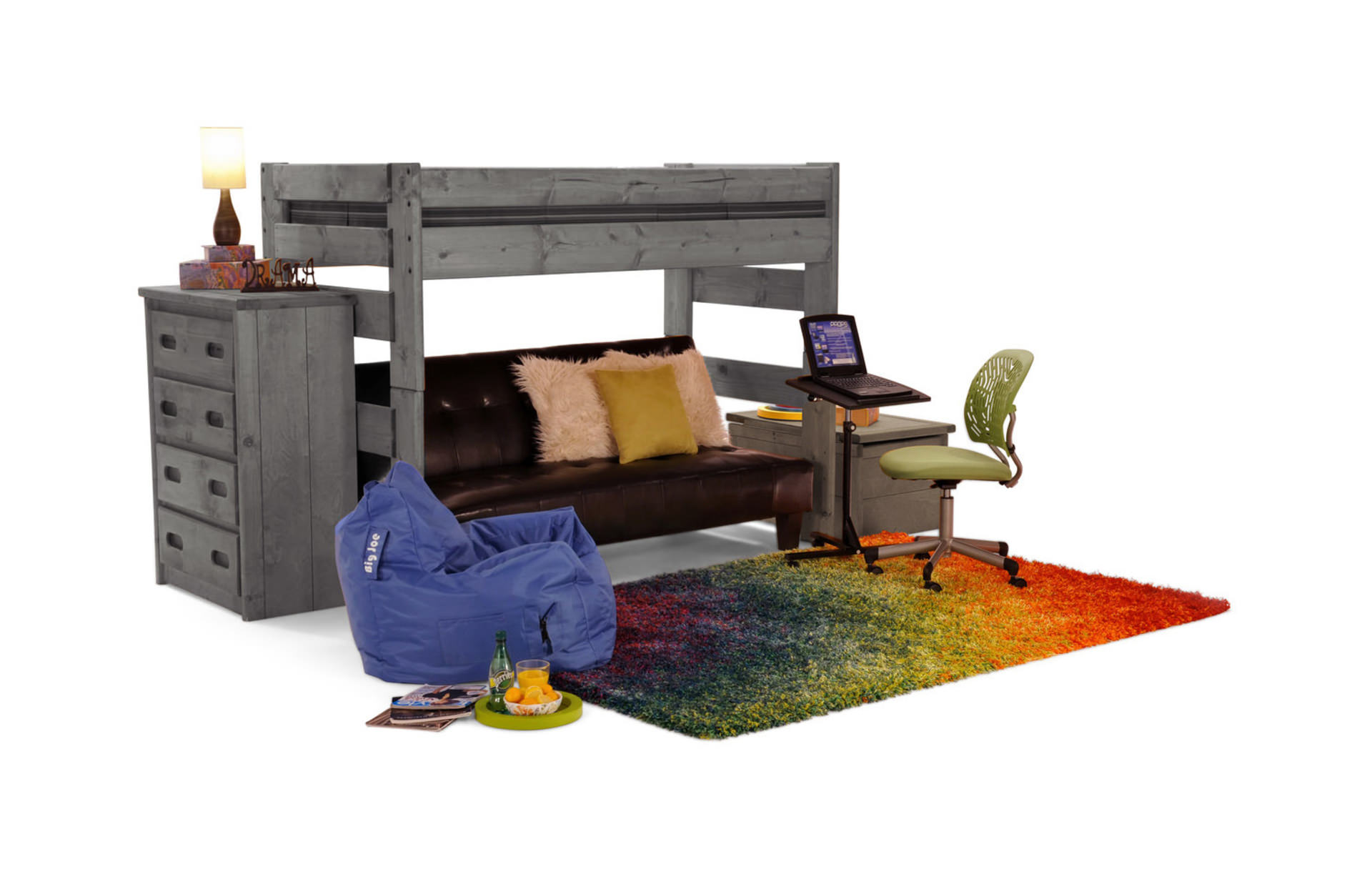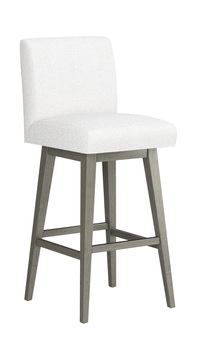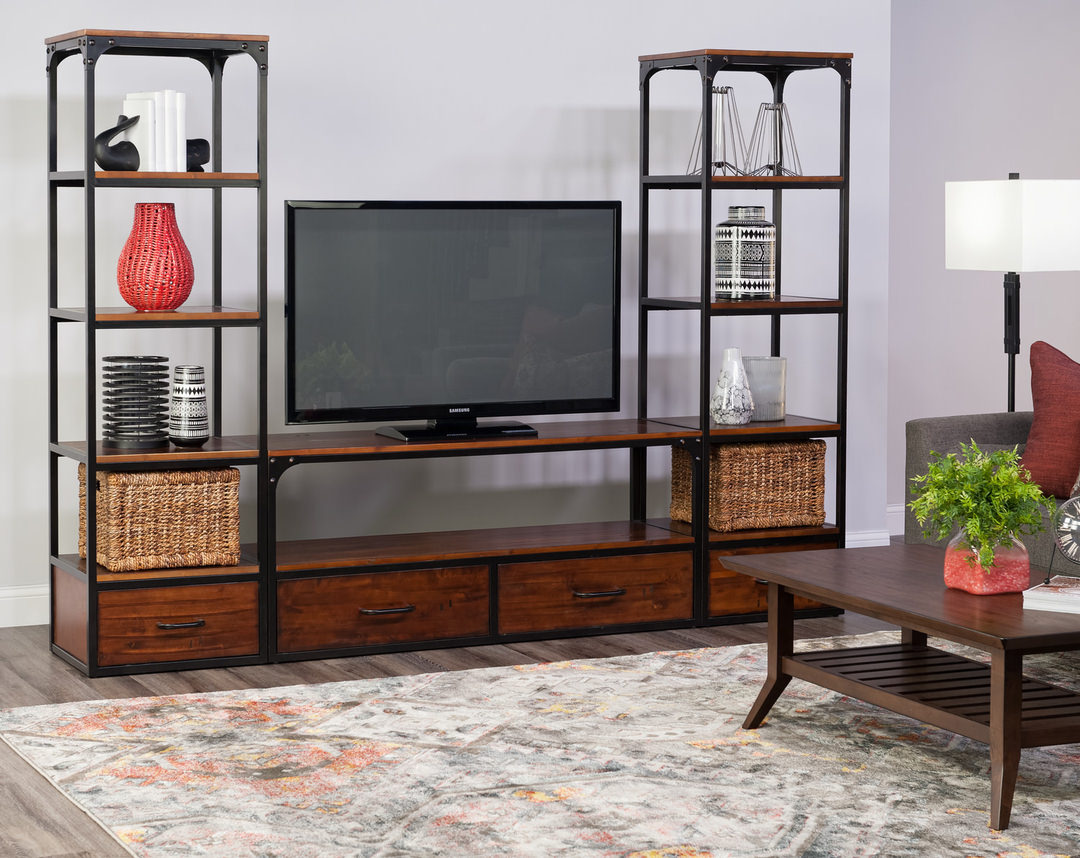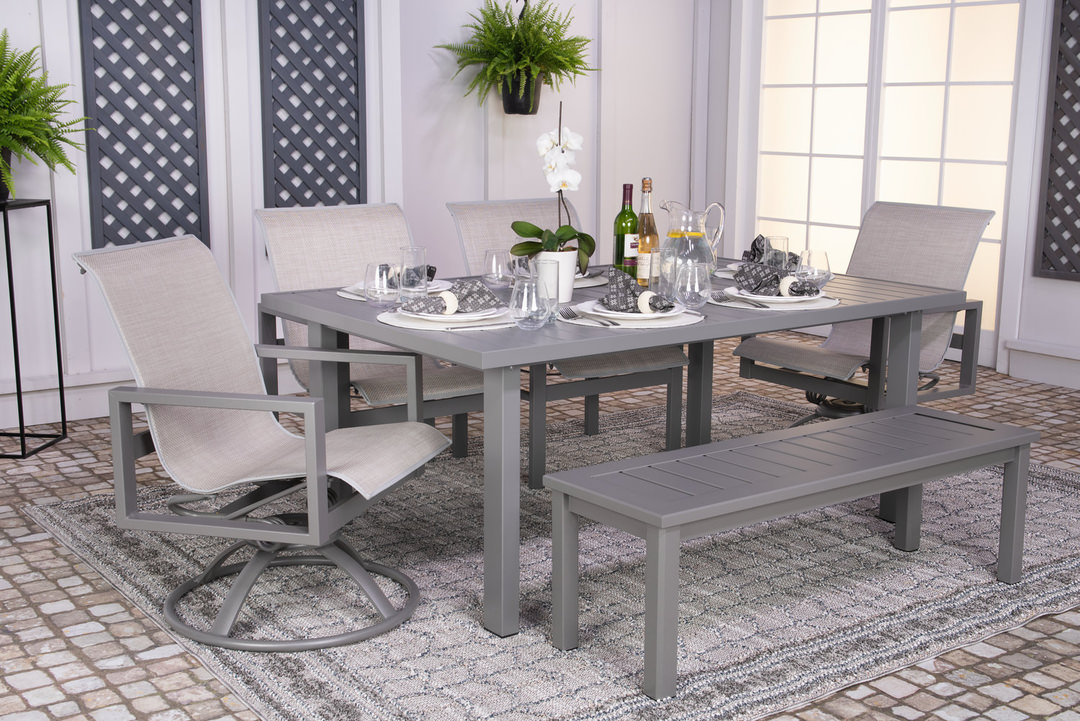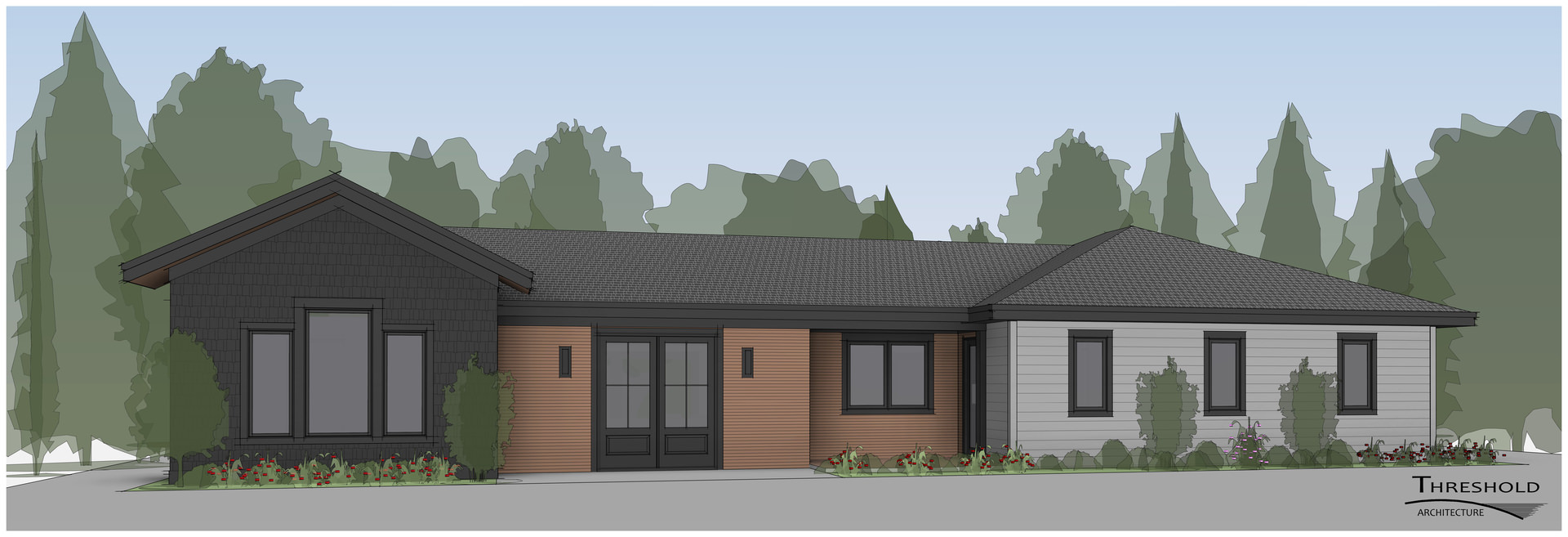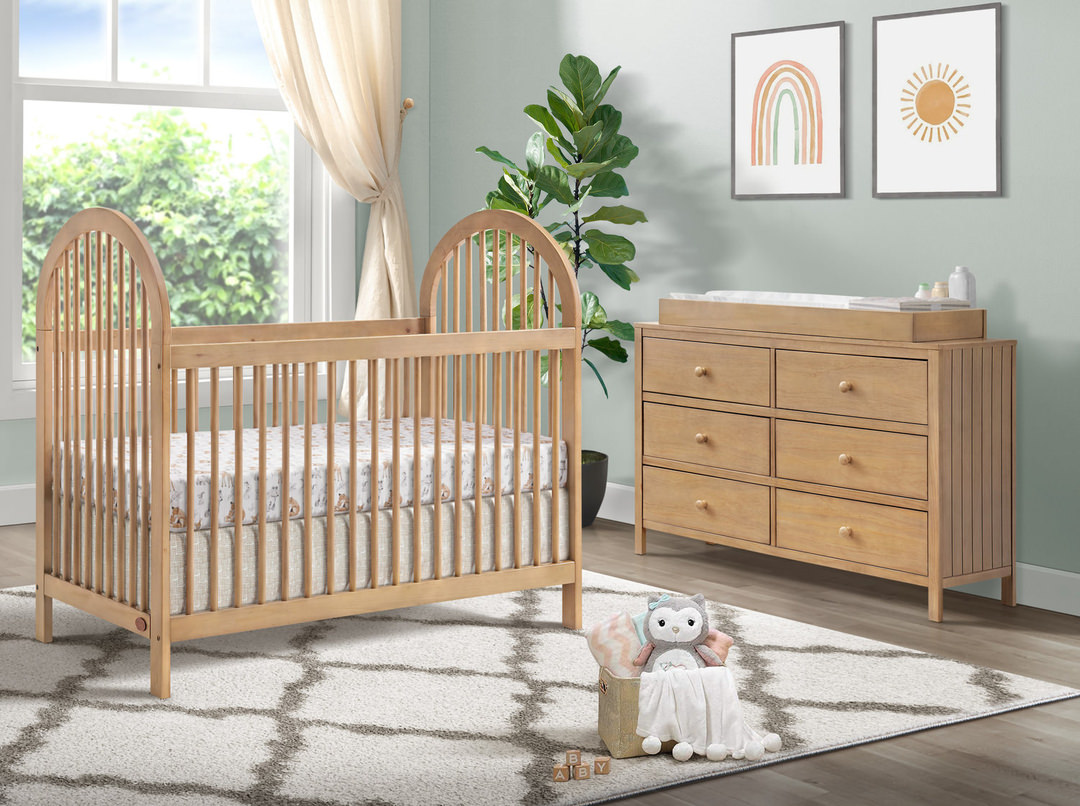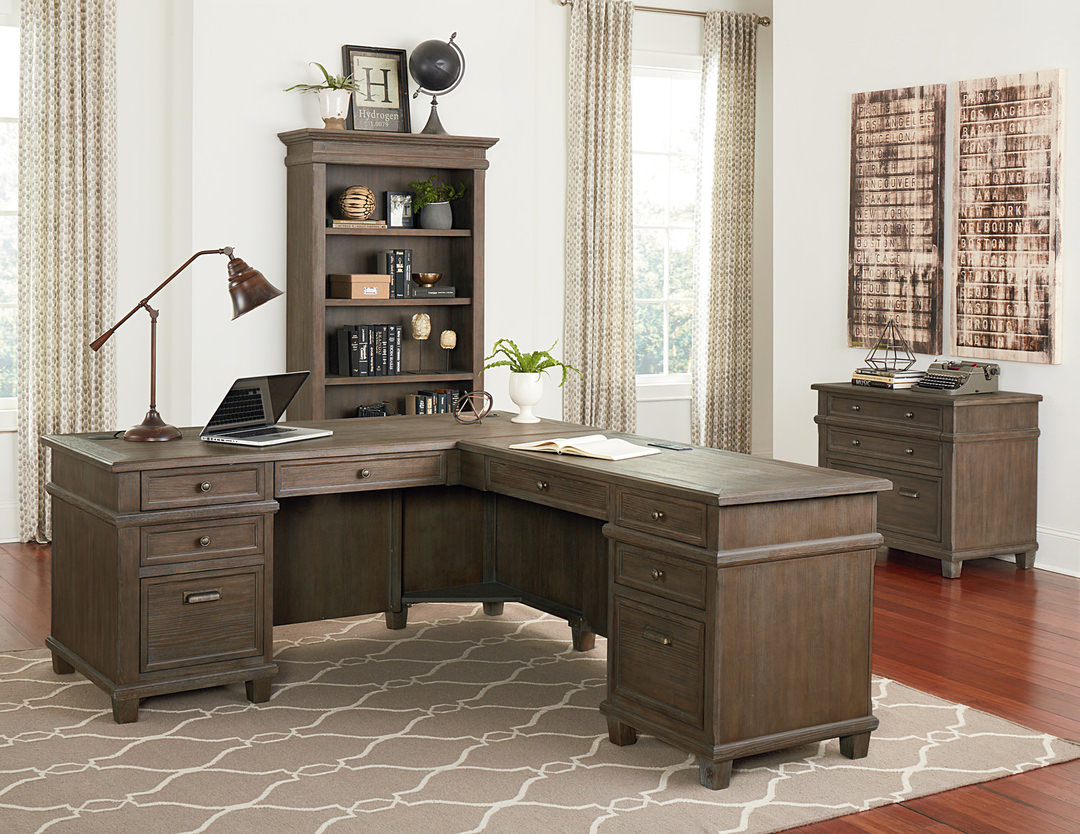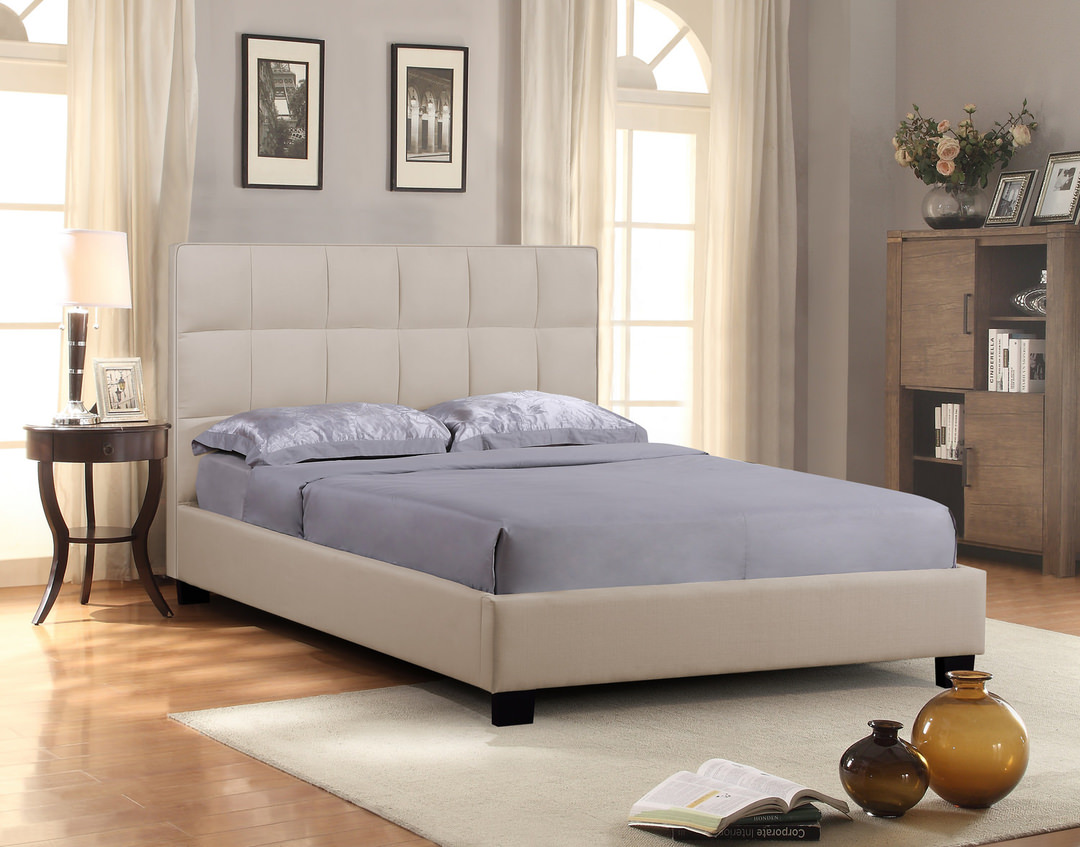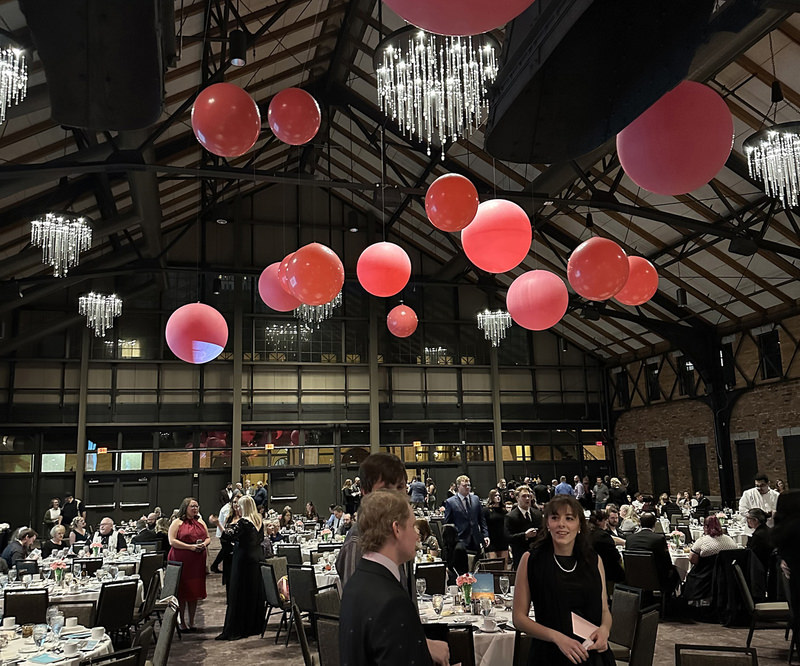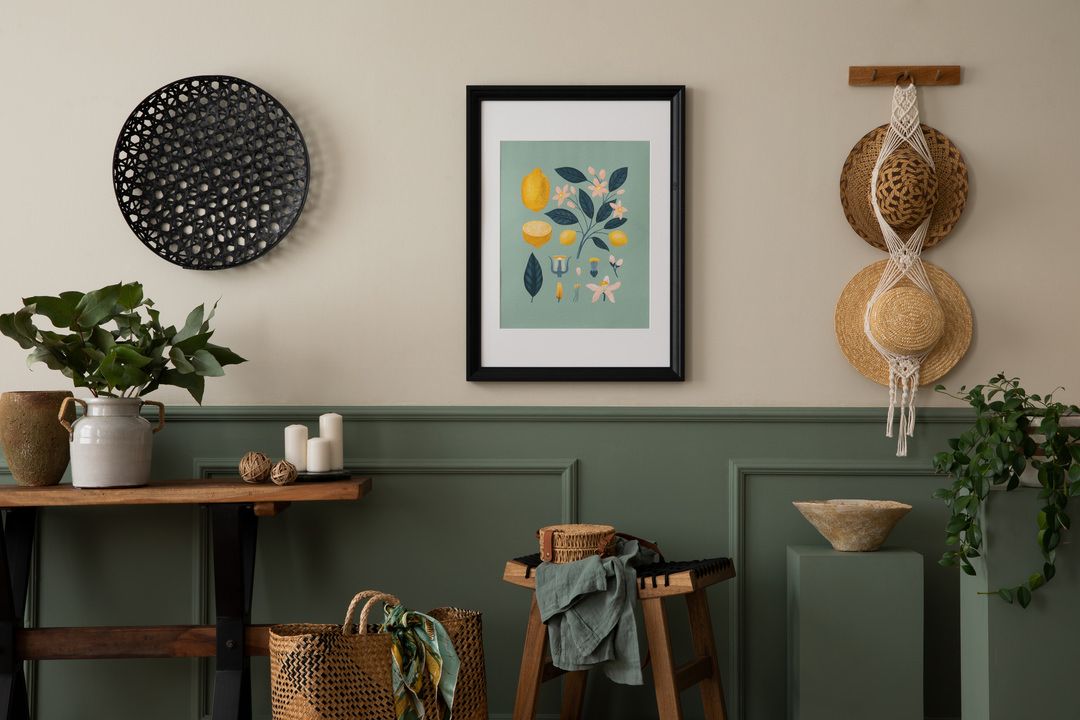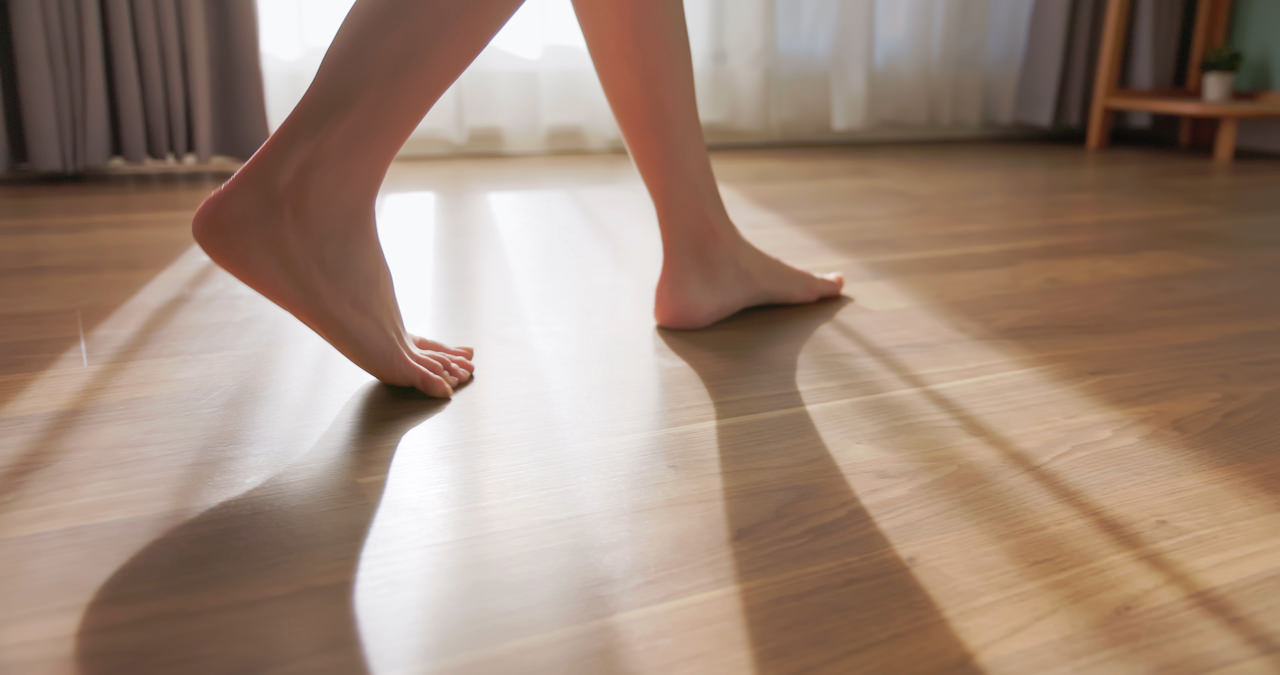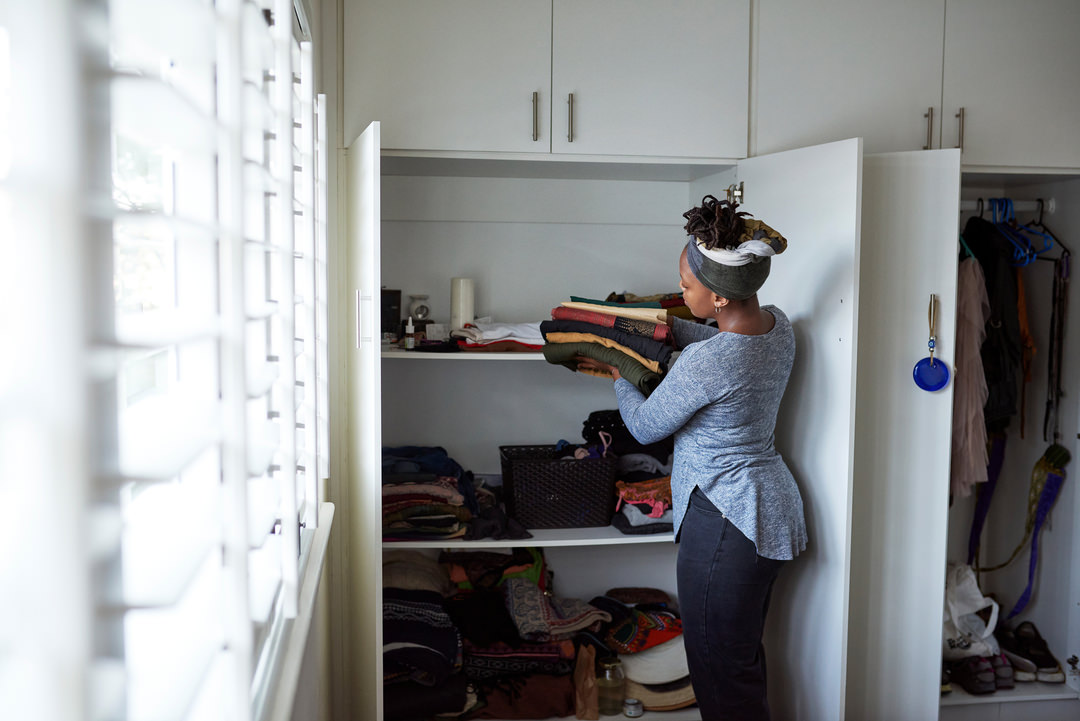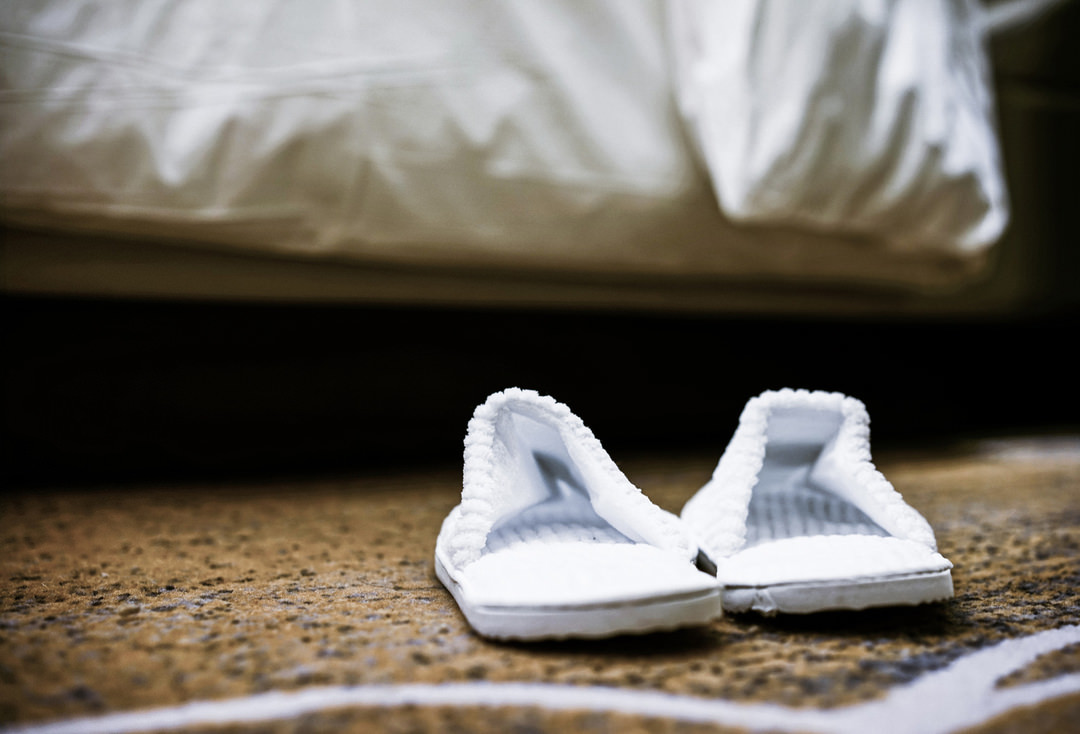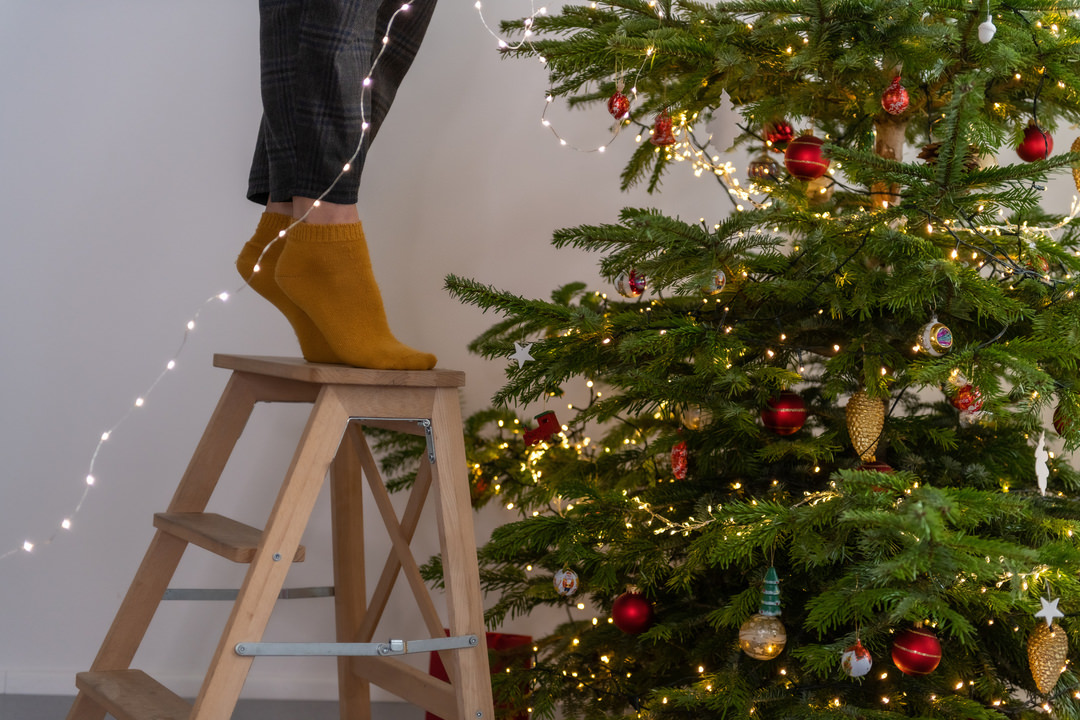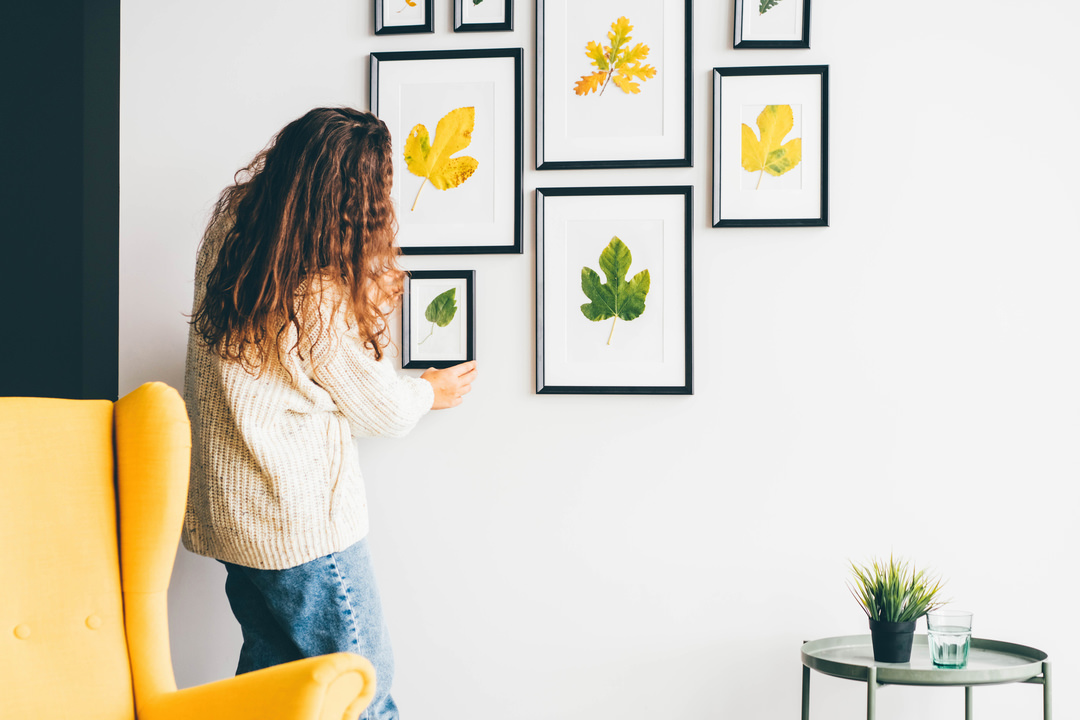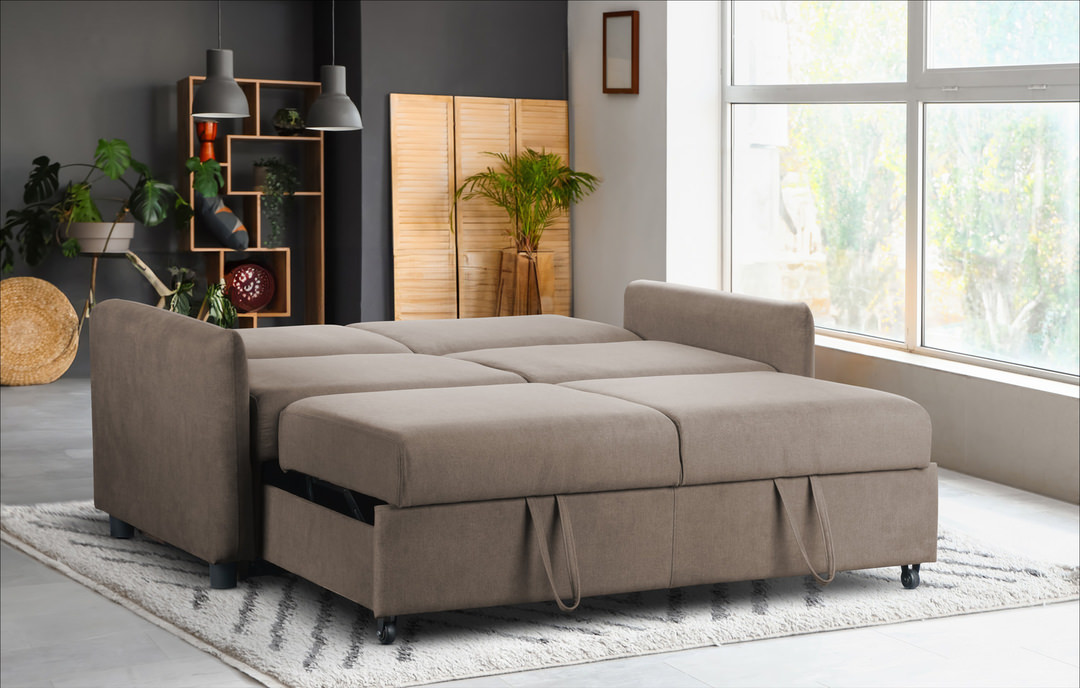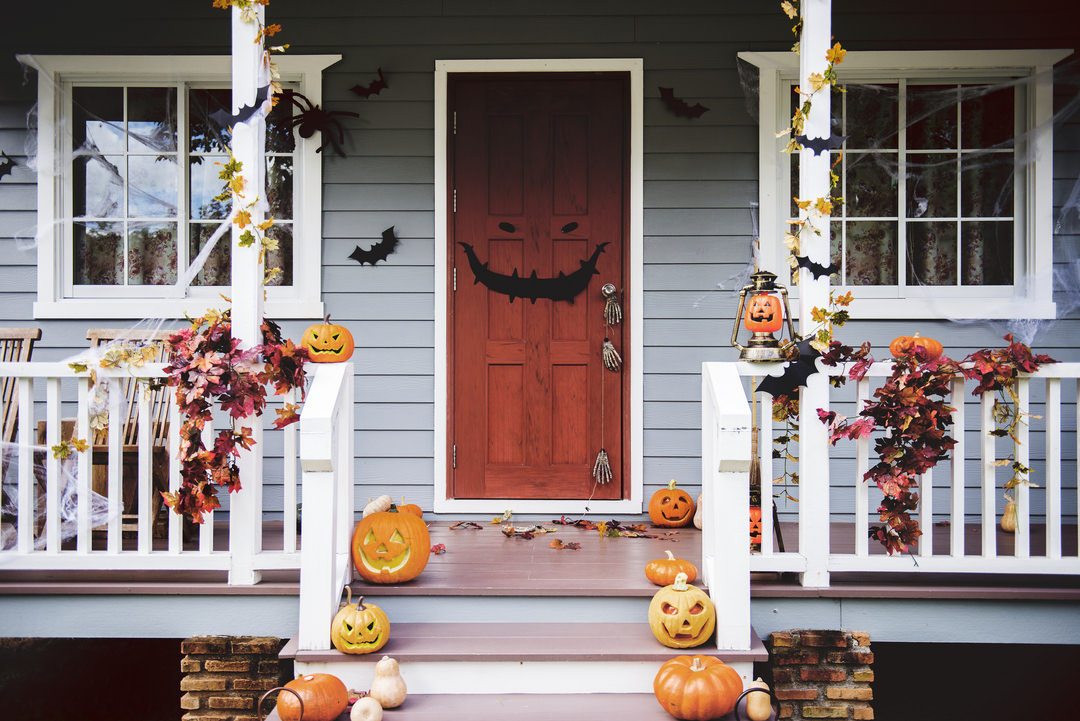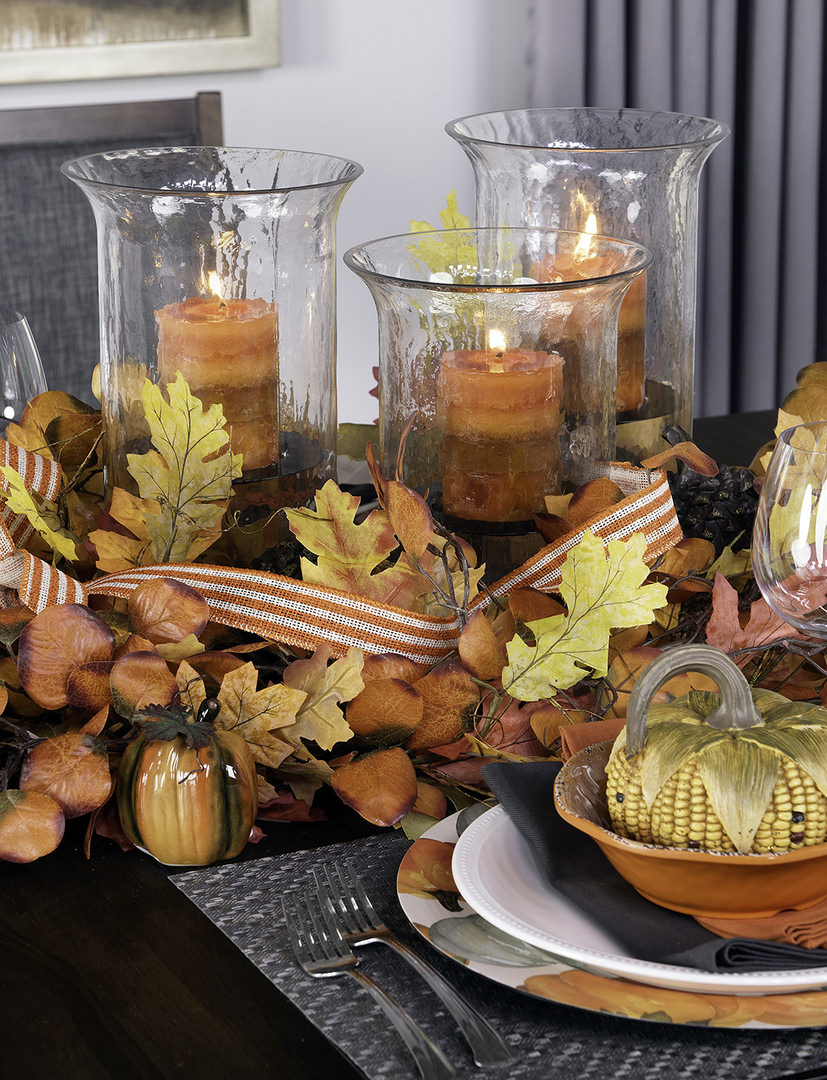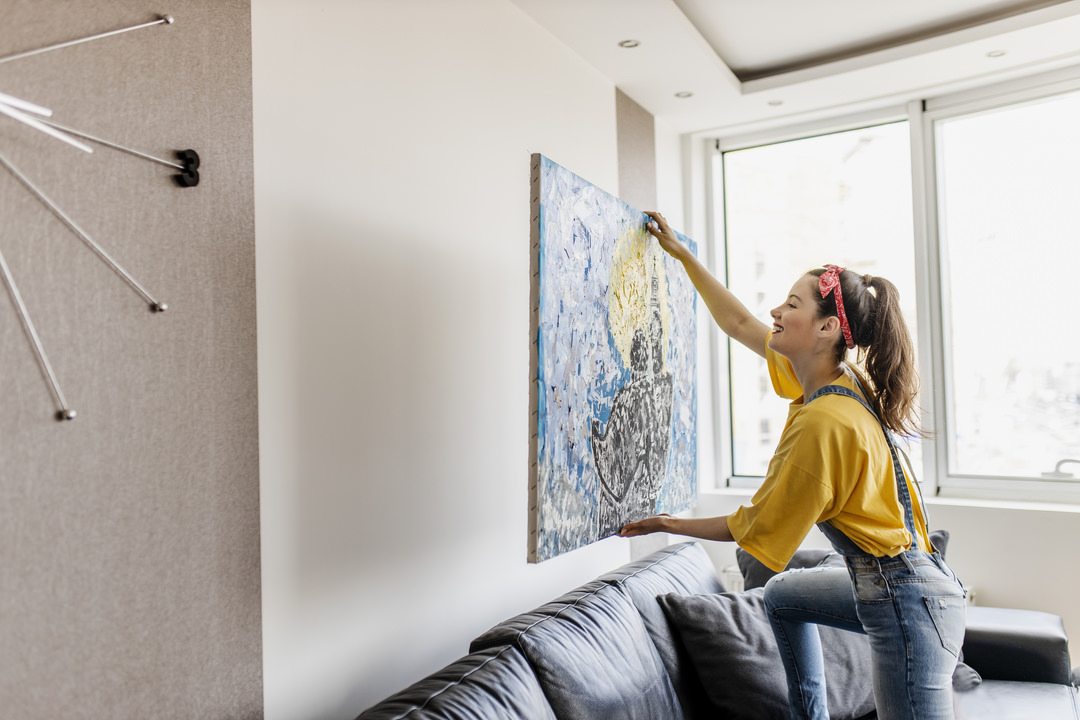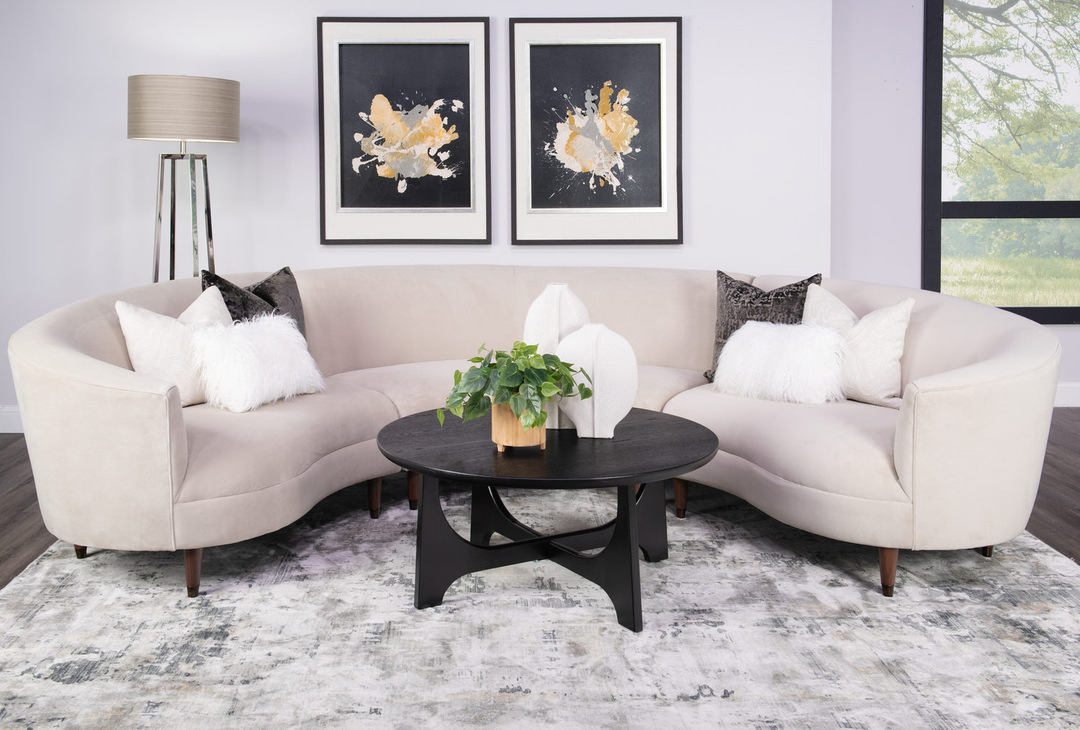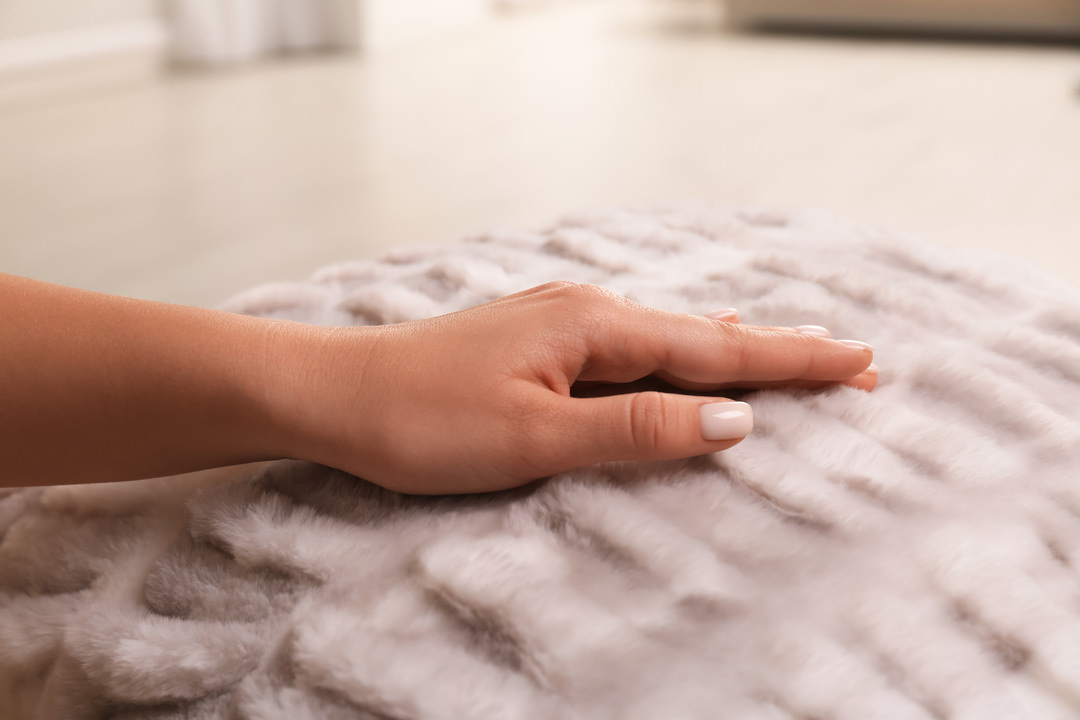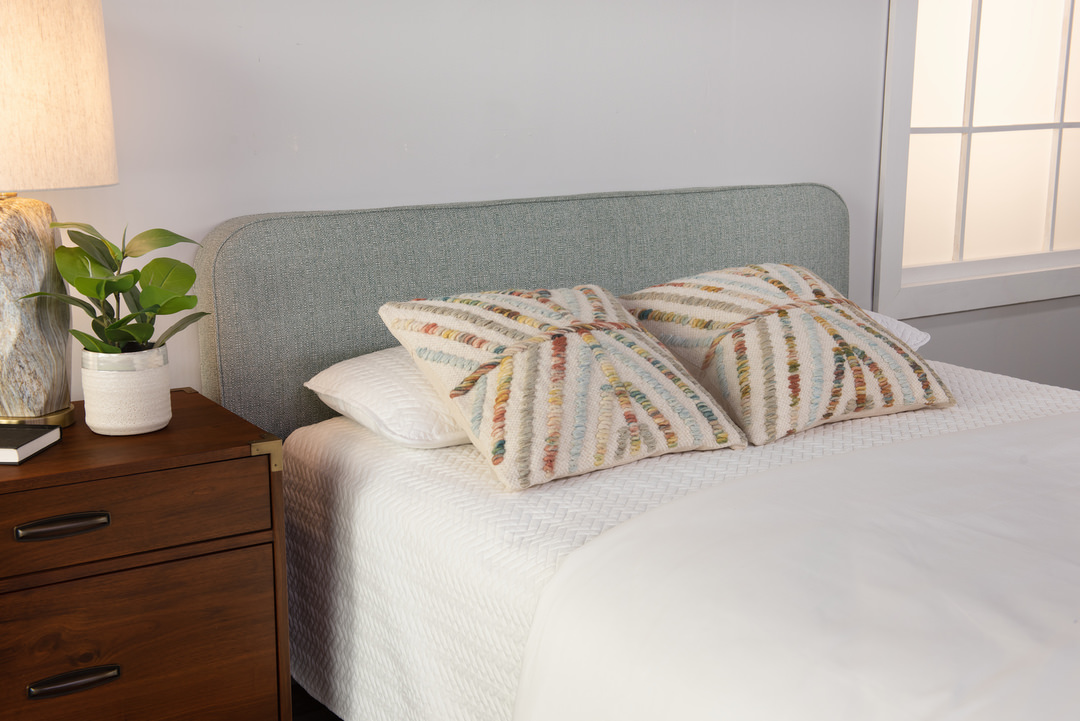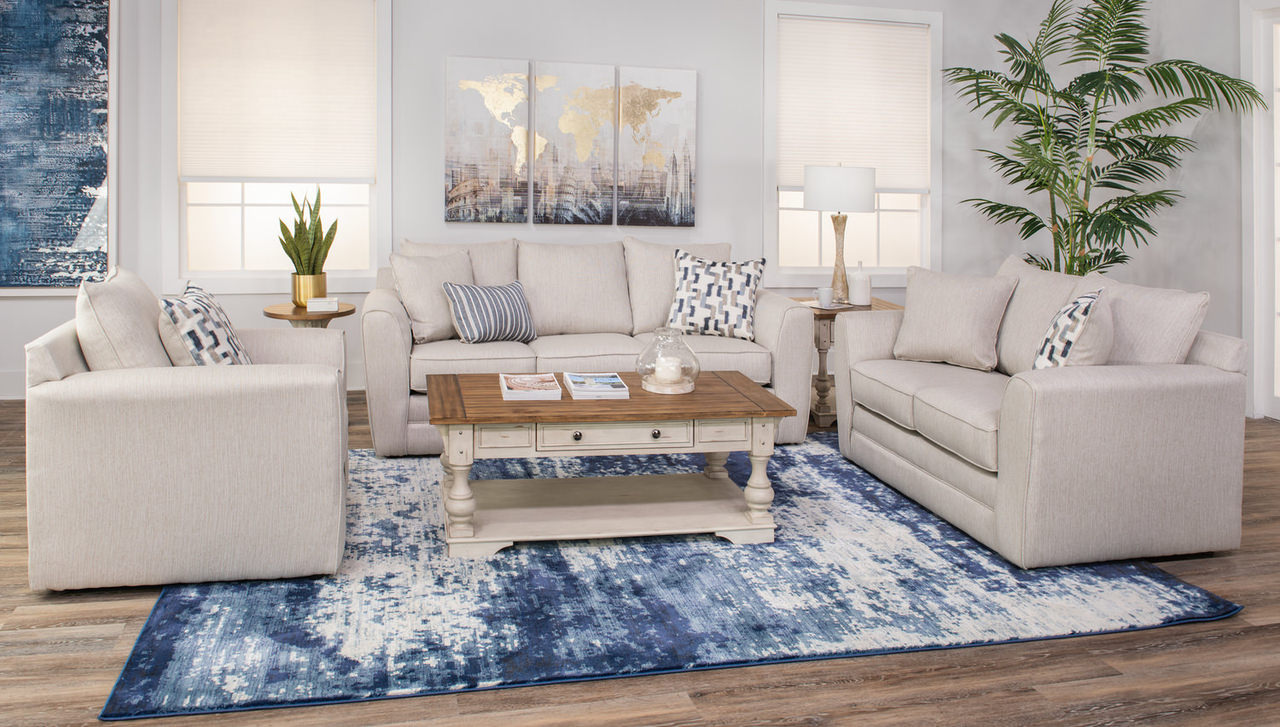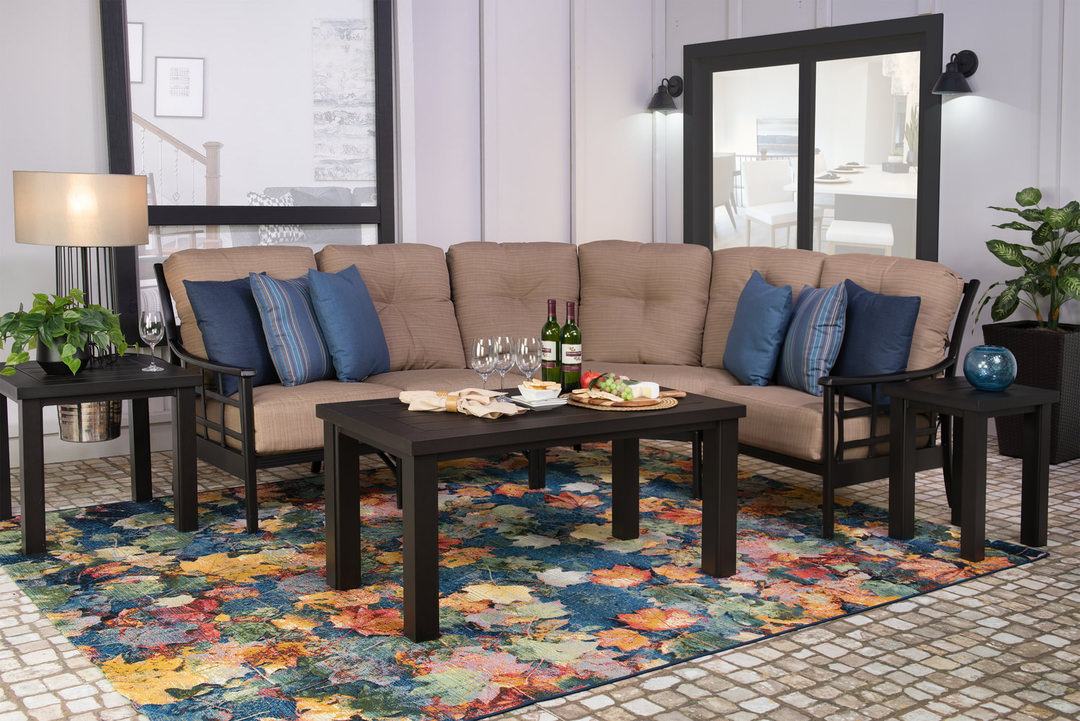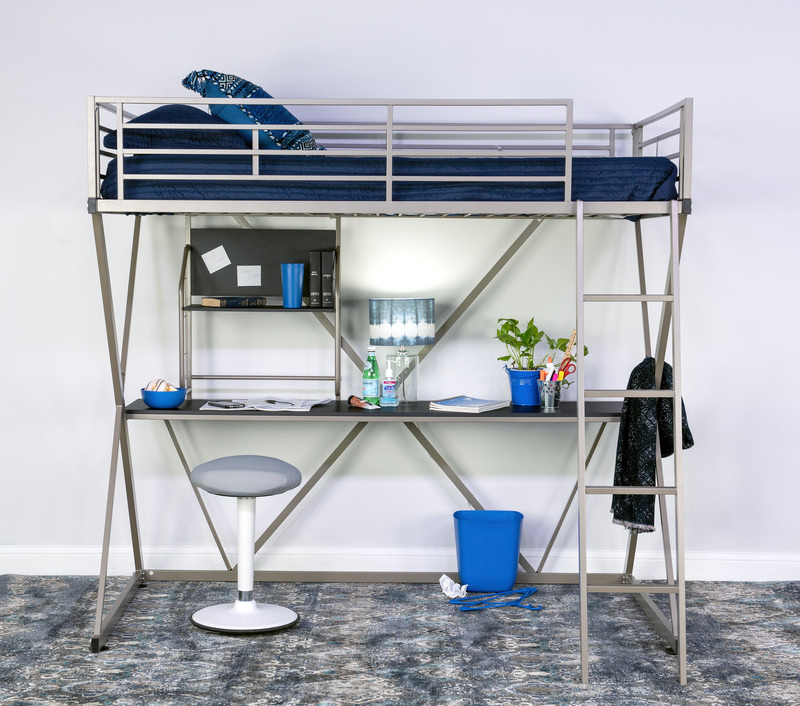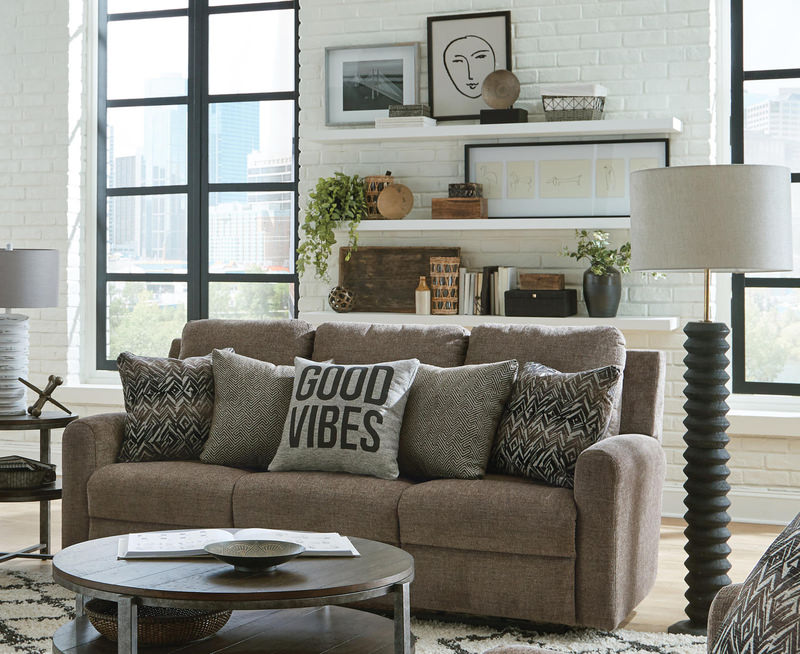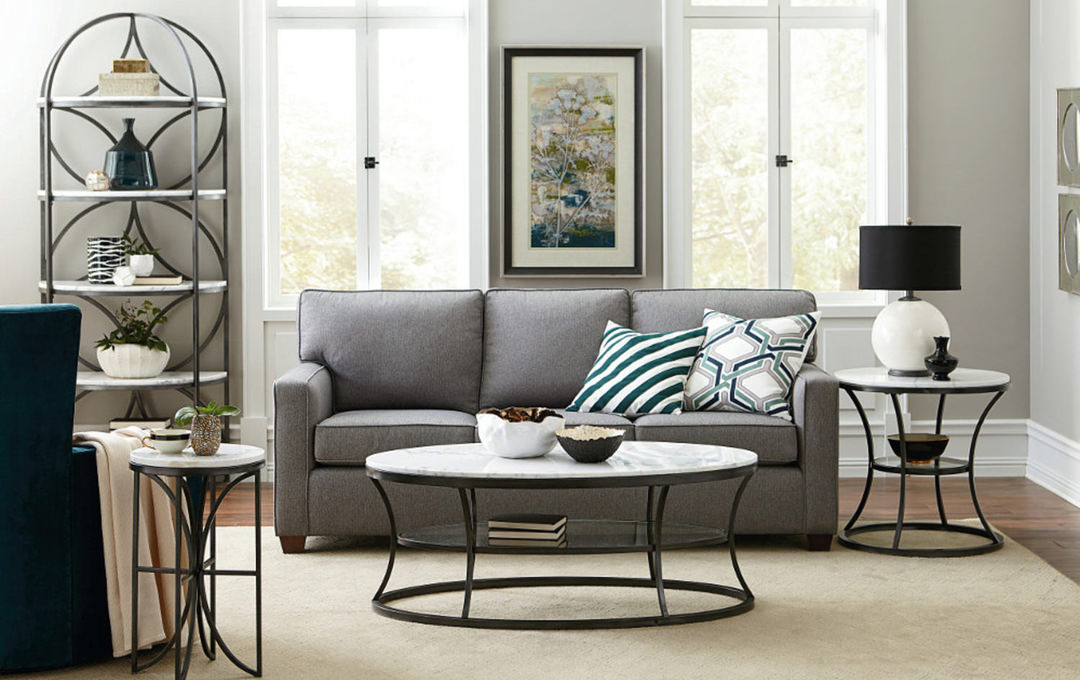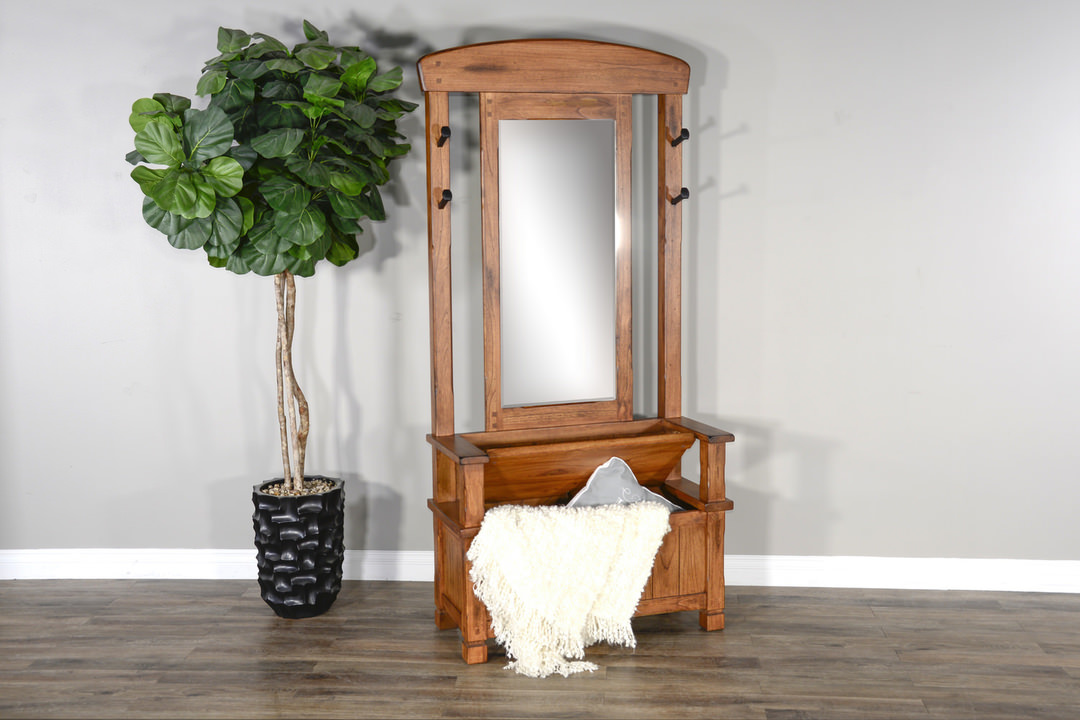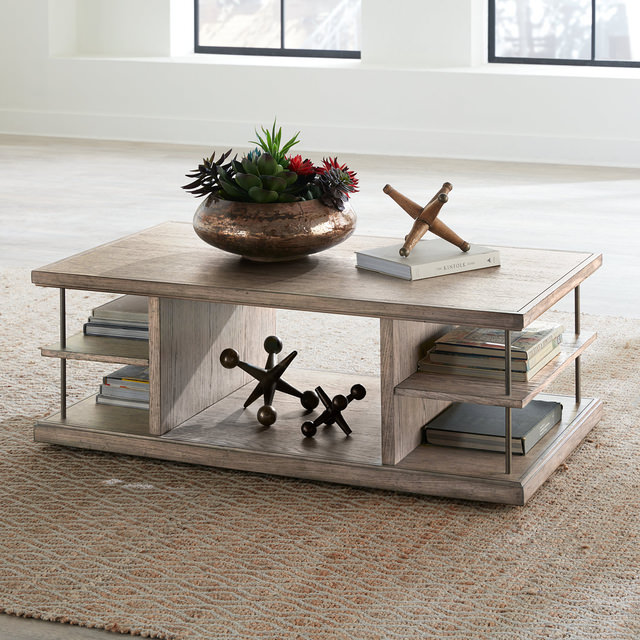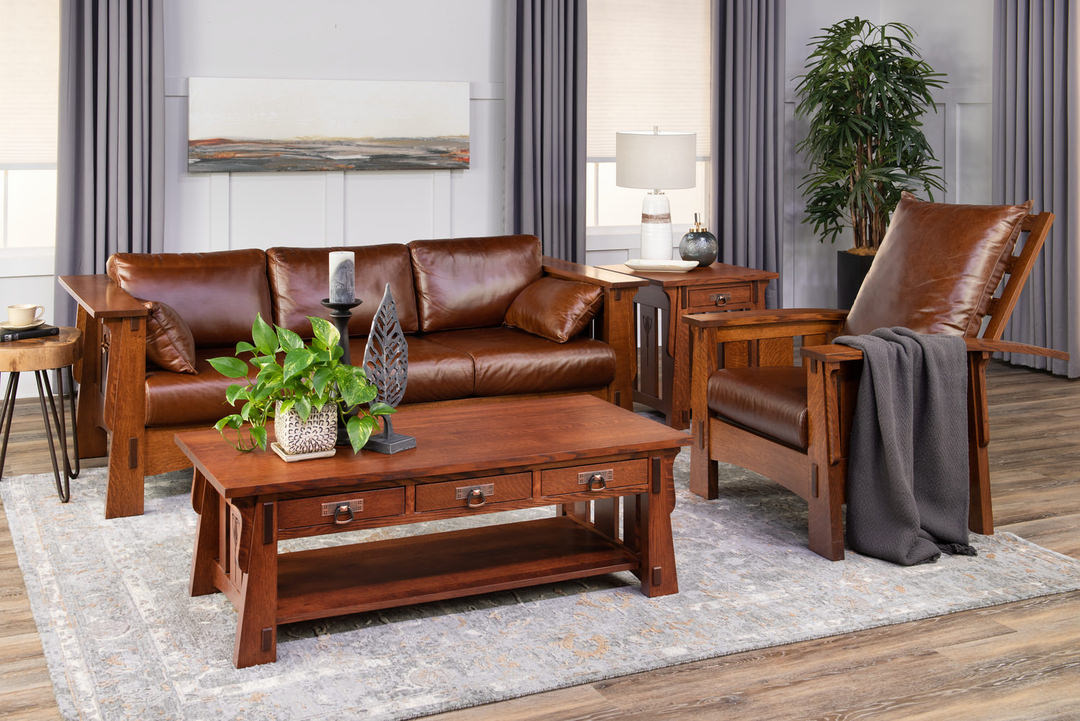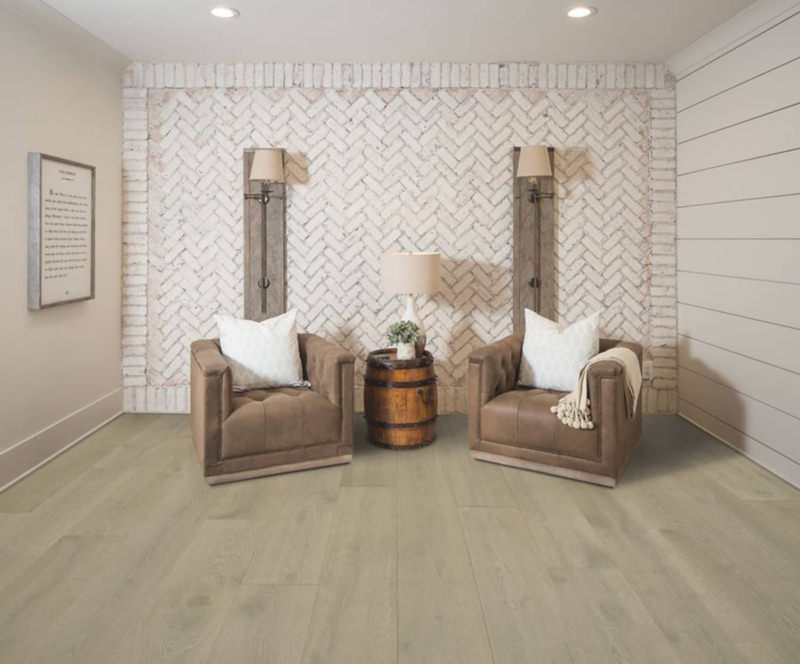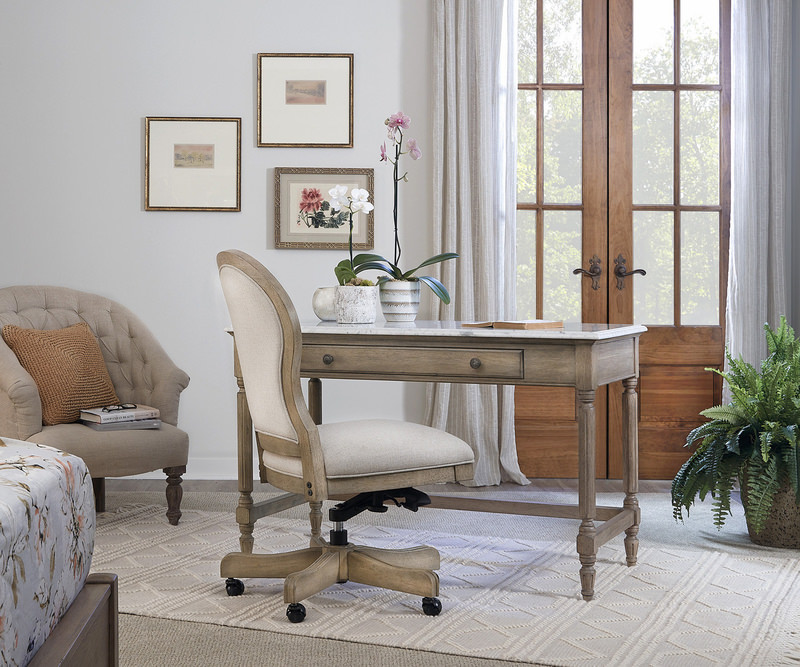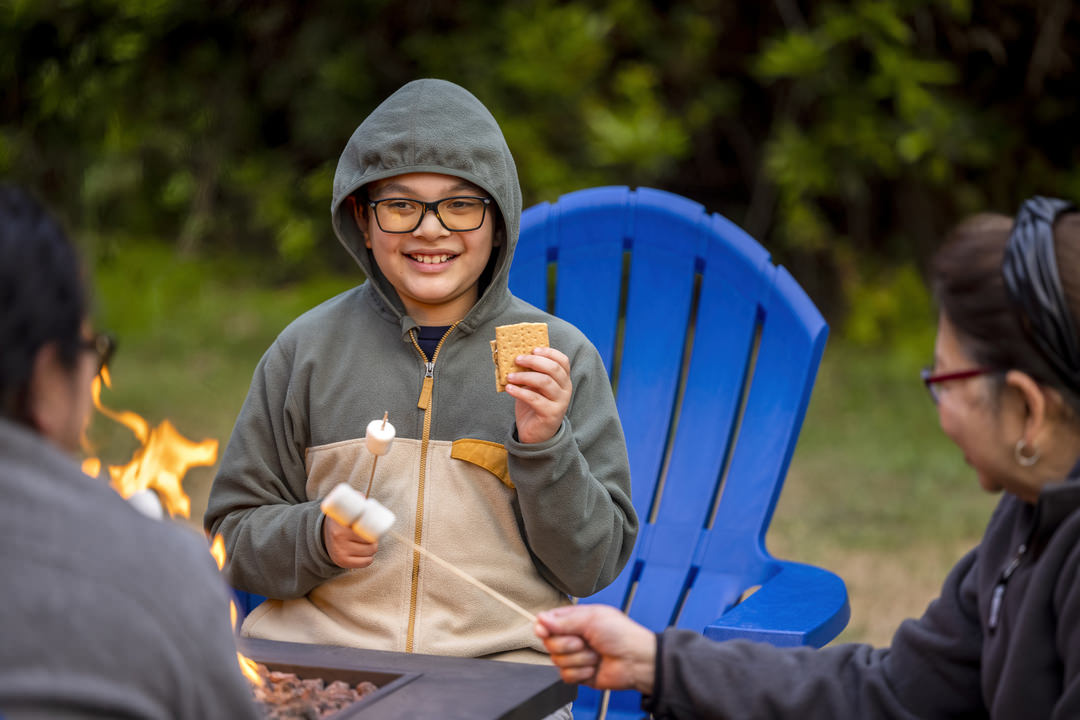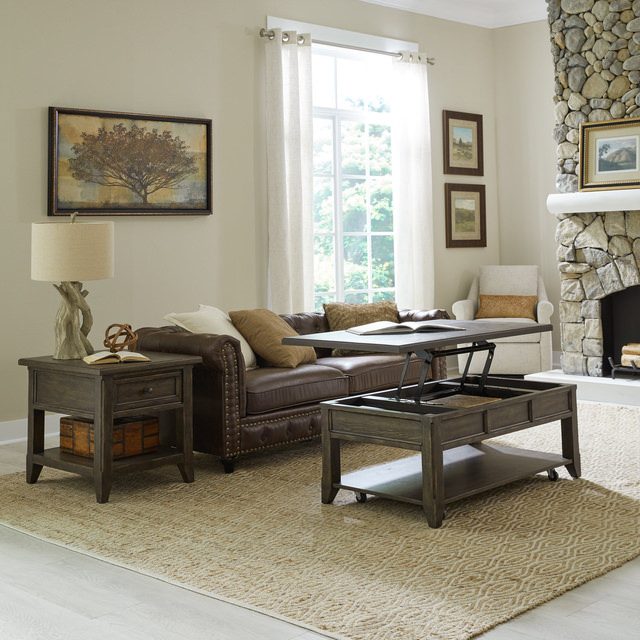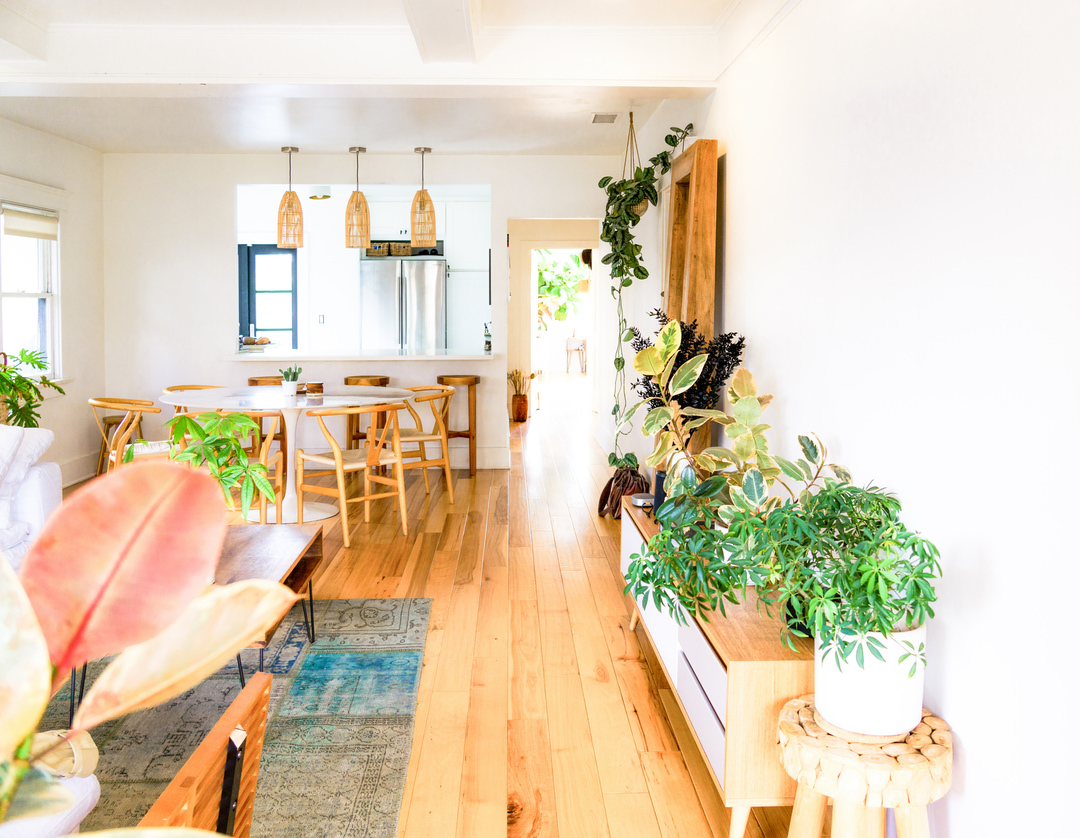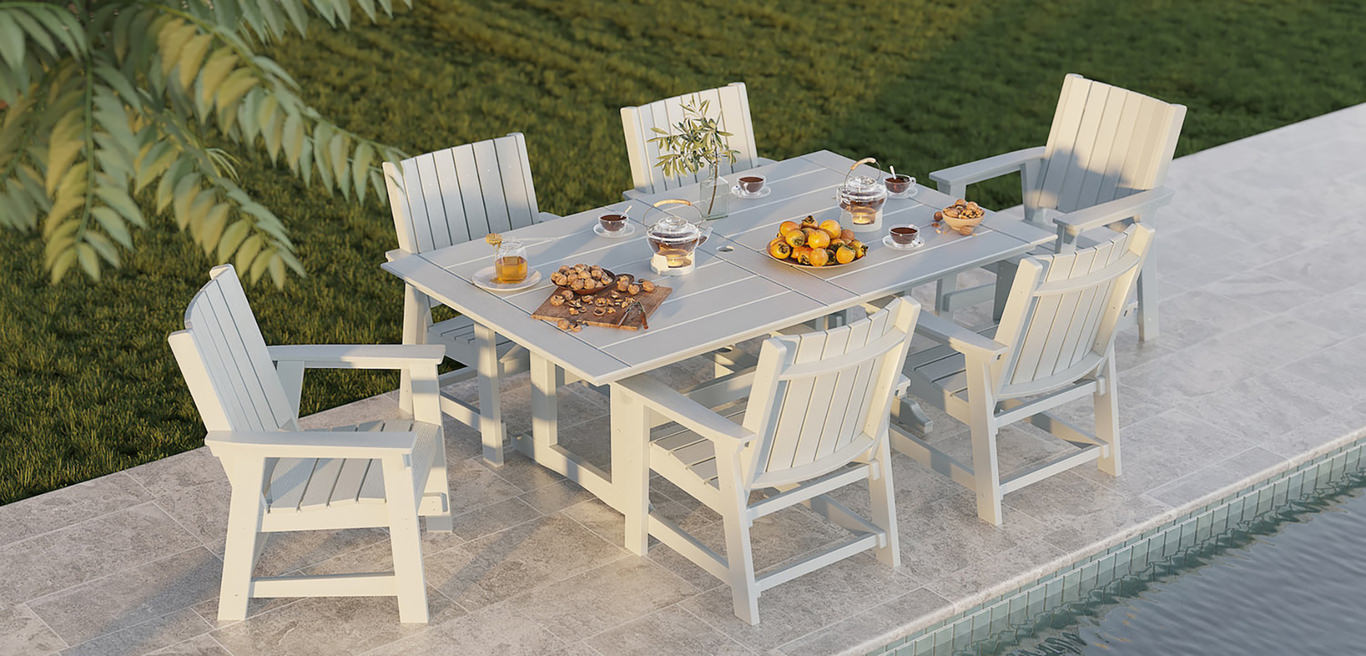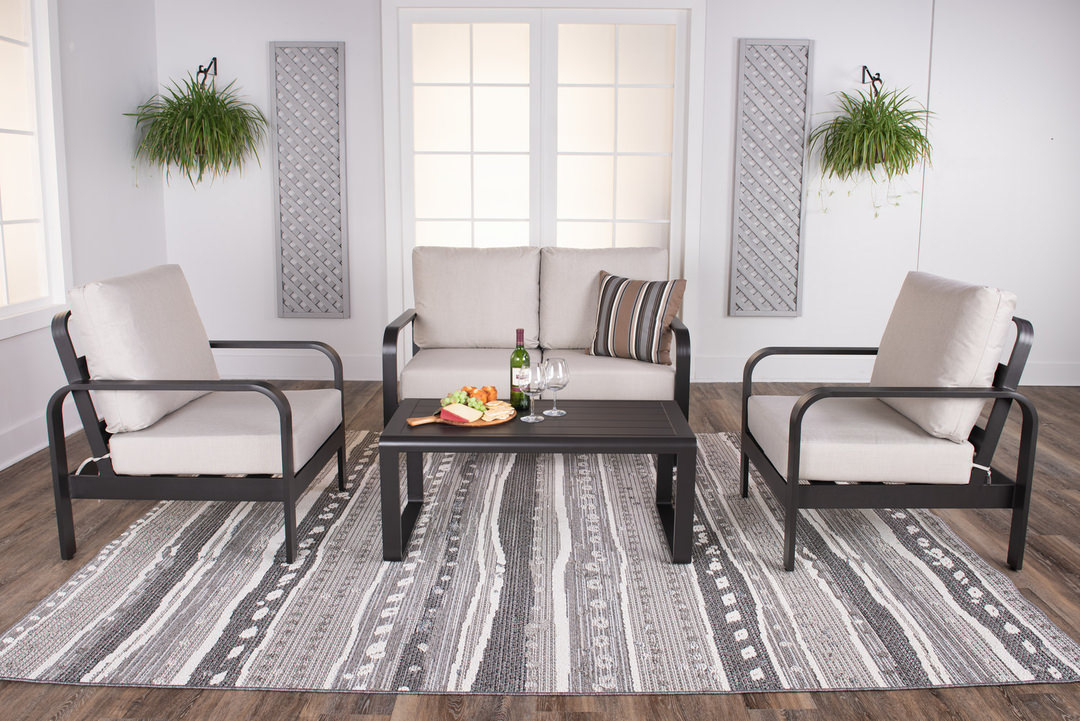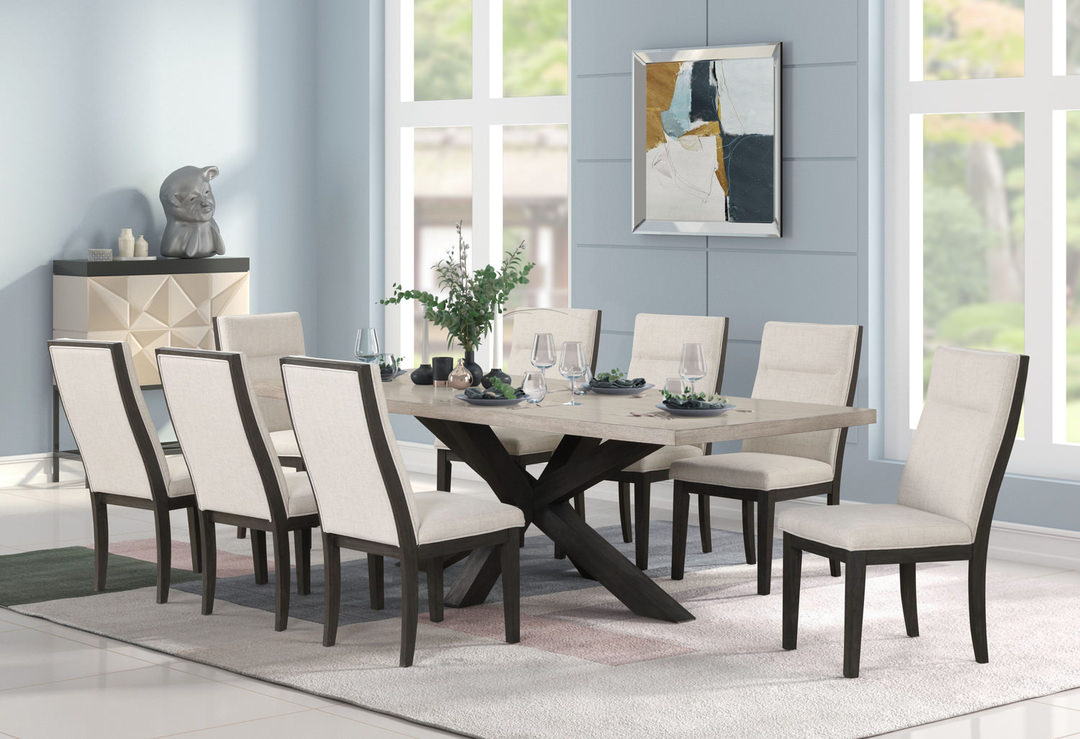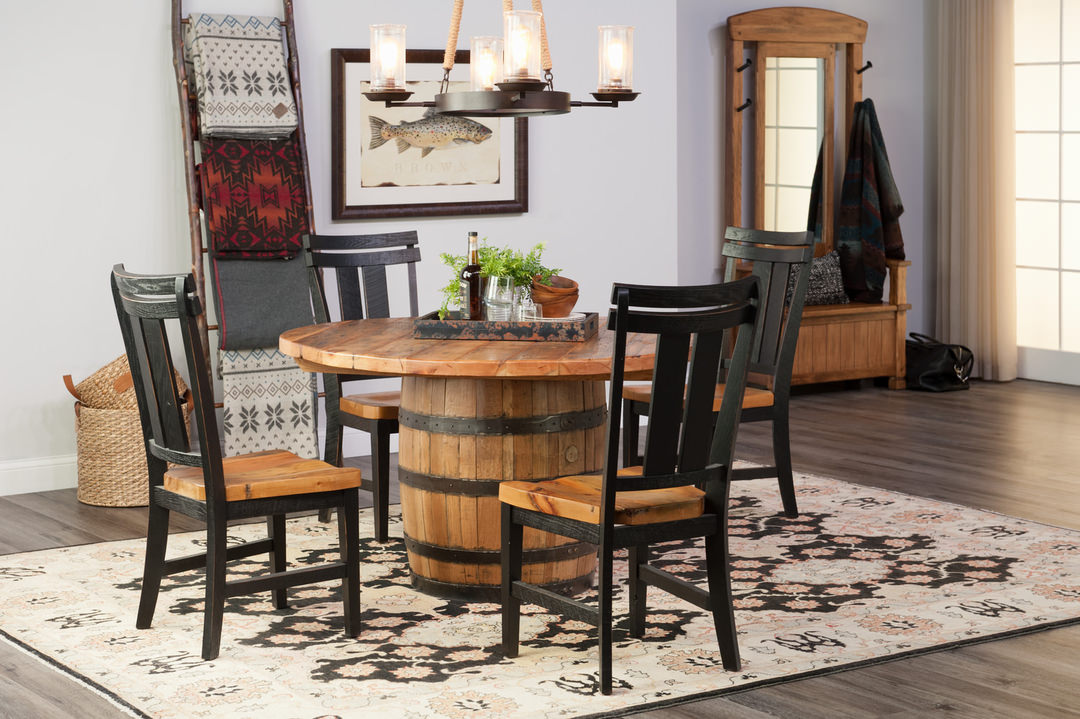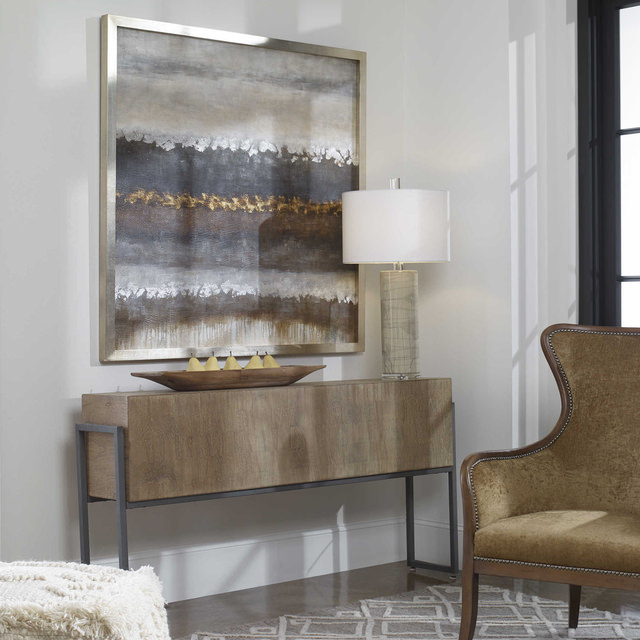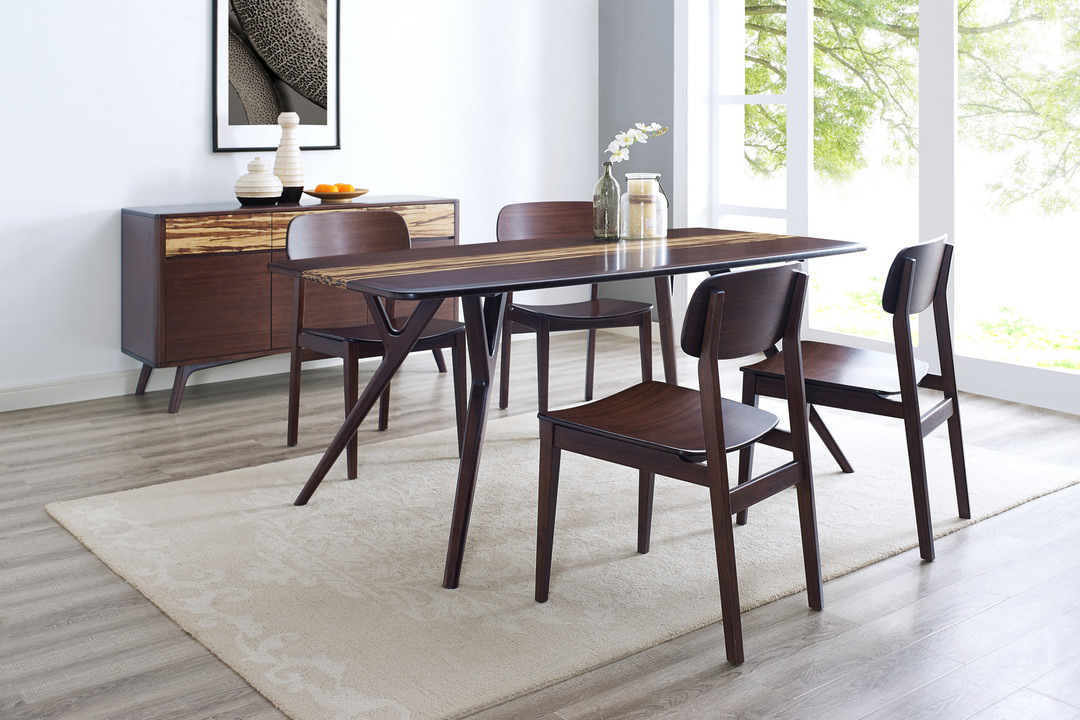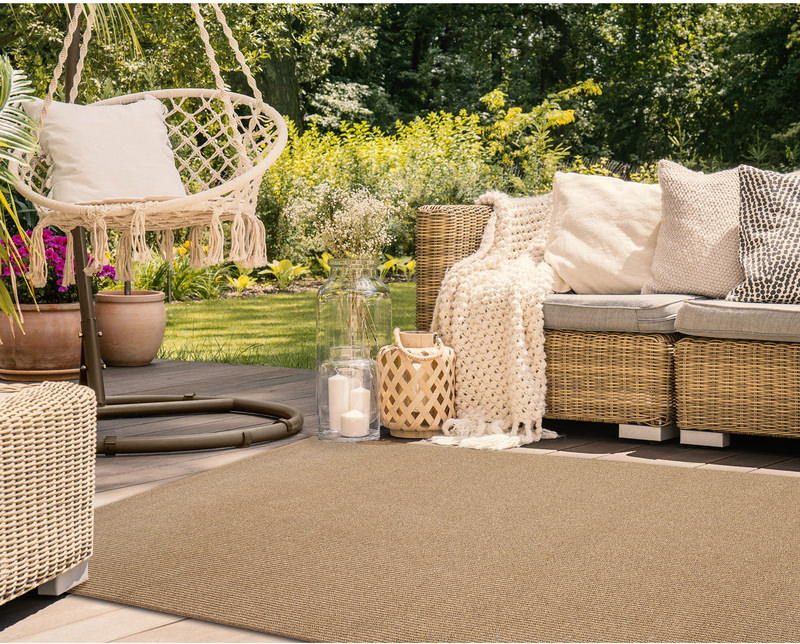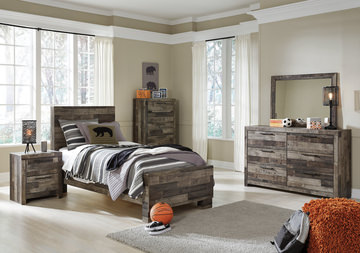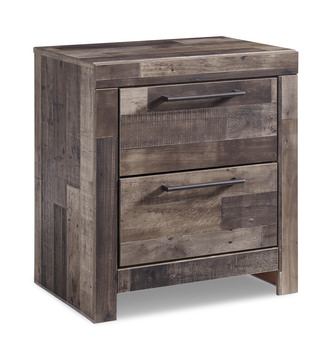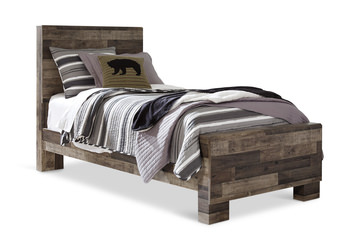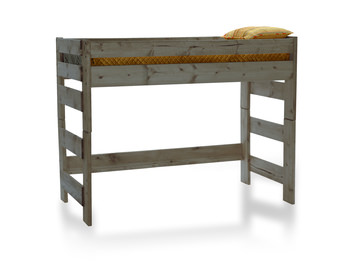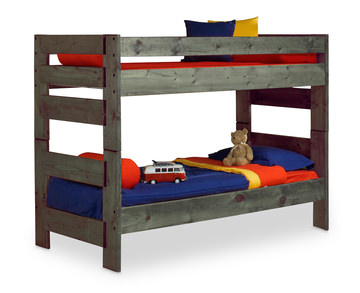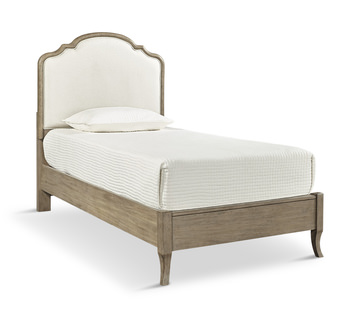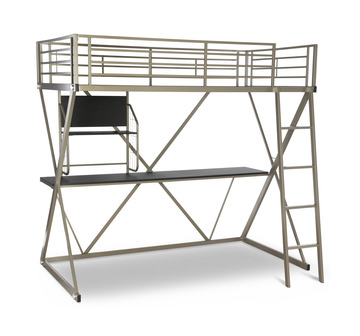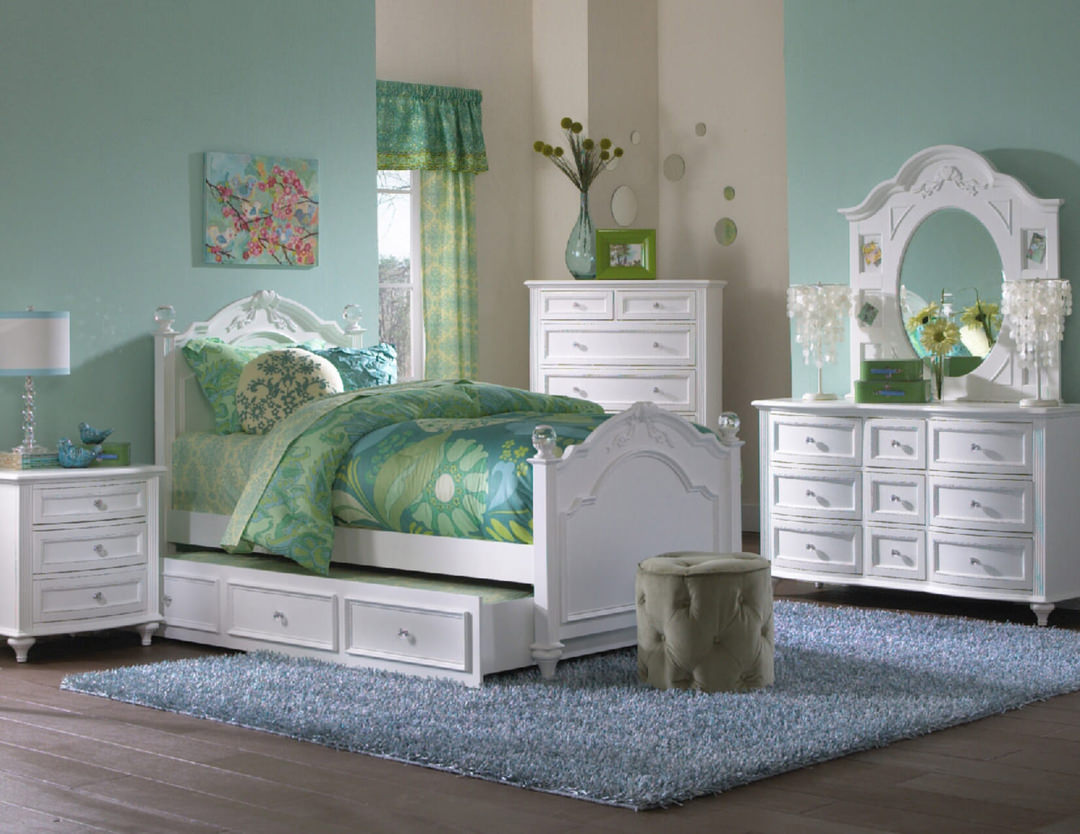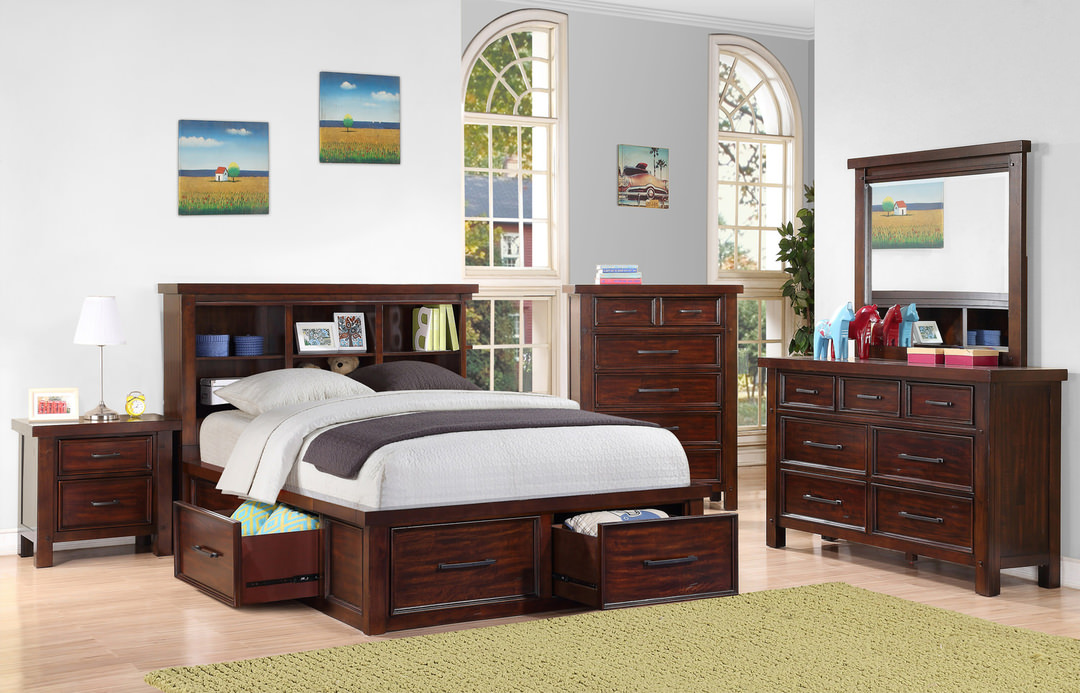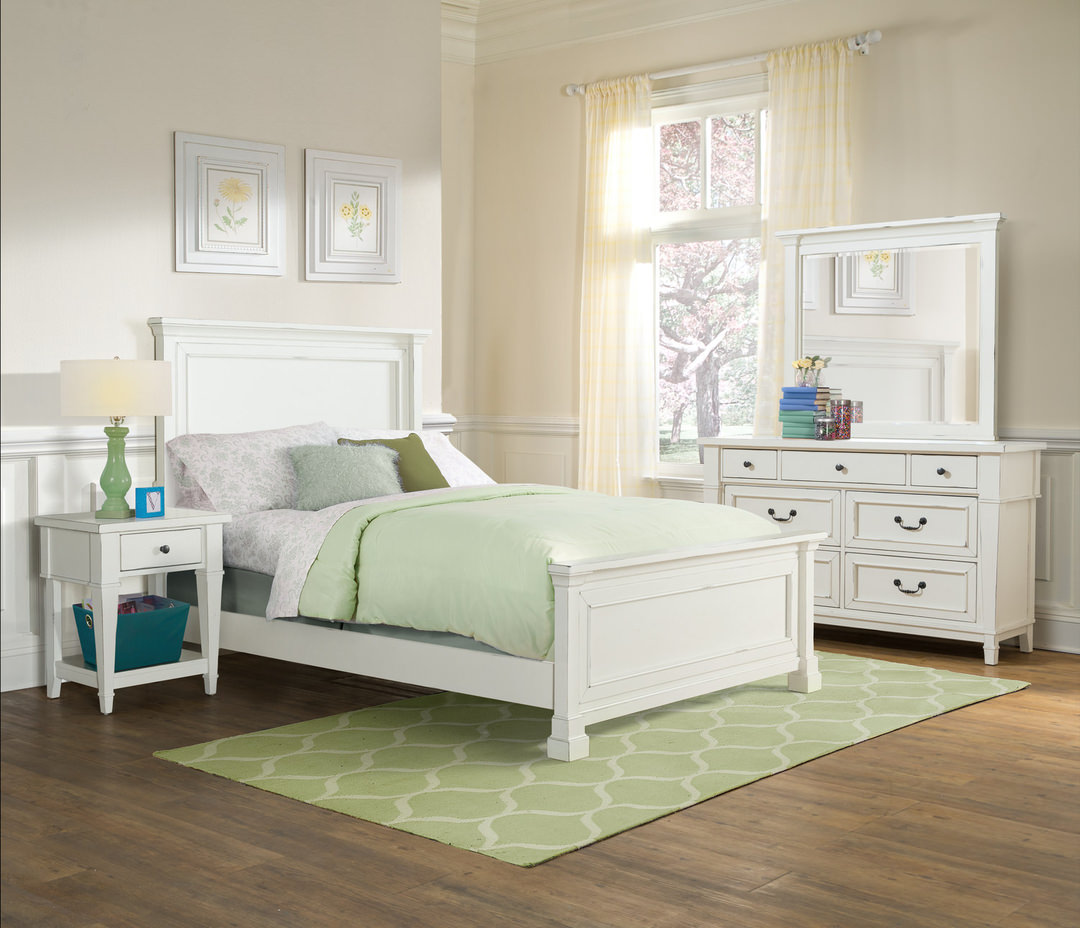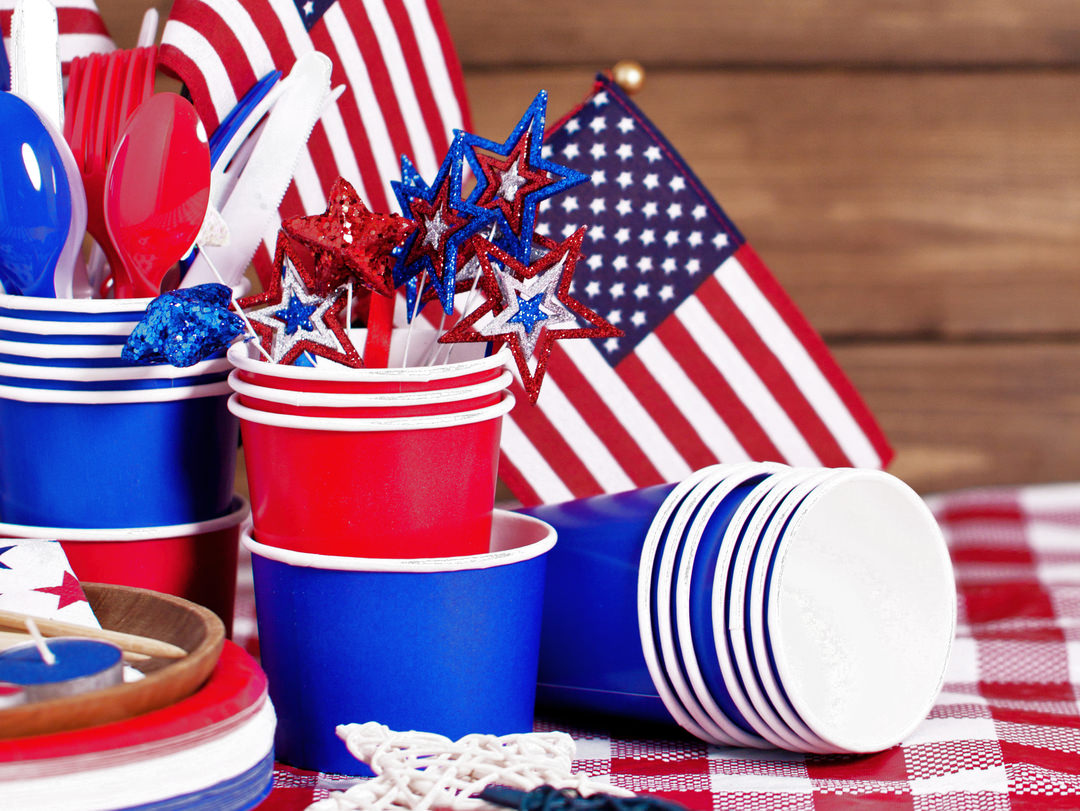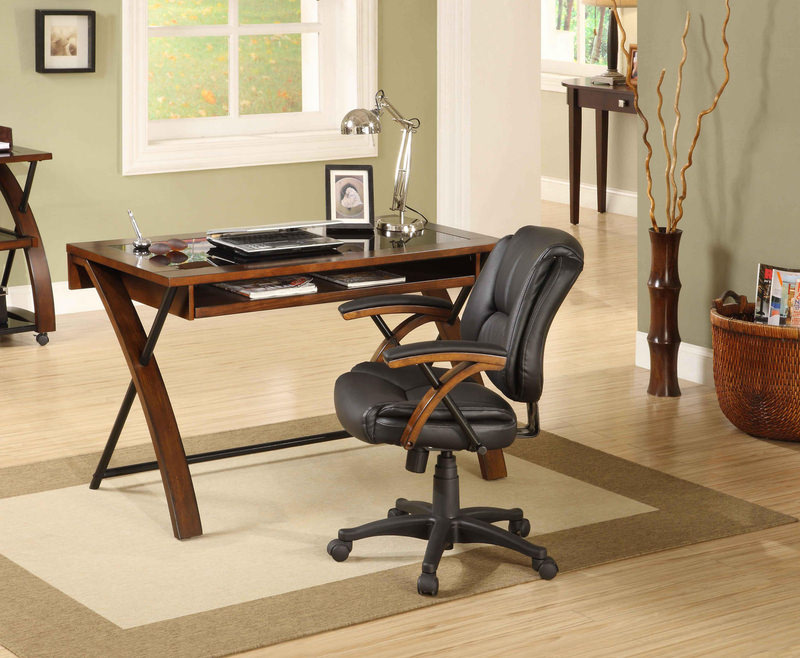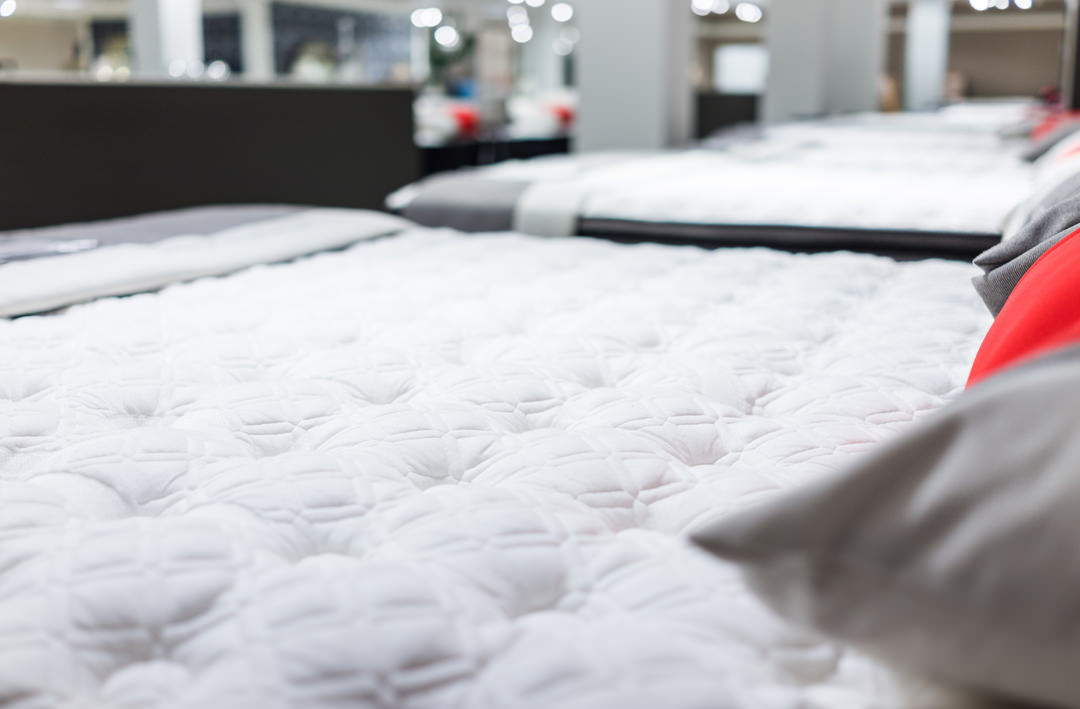One Room, Two Beds
From two twin bed layout options to bunk beds and trundles, consider these two bed, one bedroom designs.
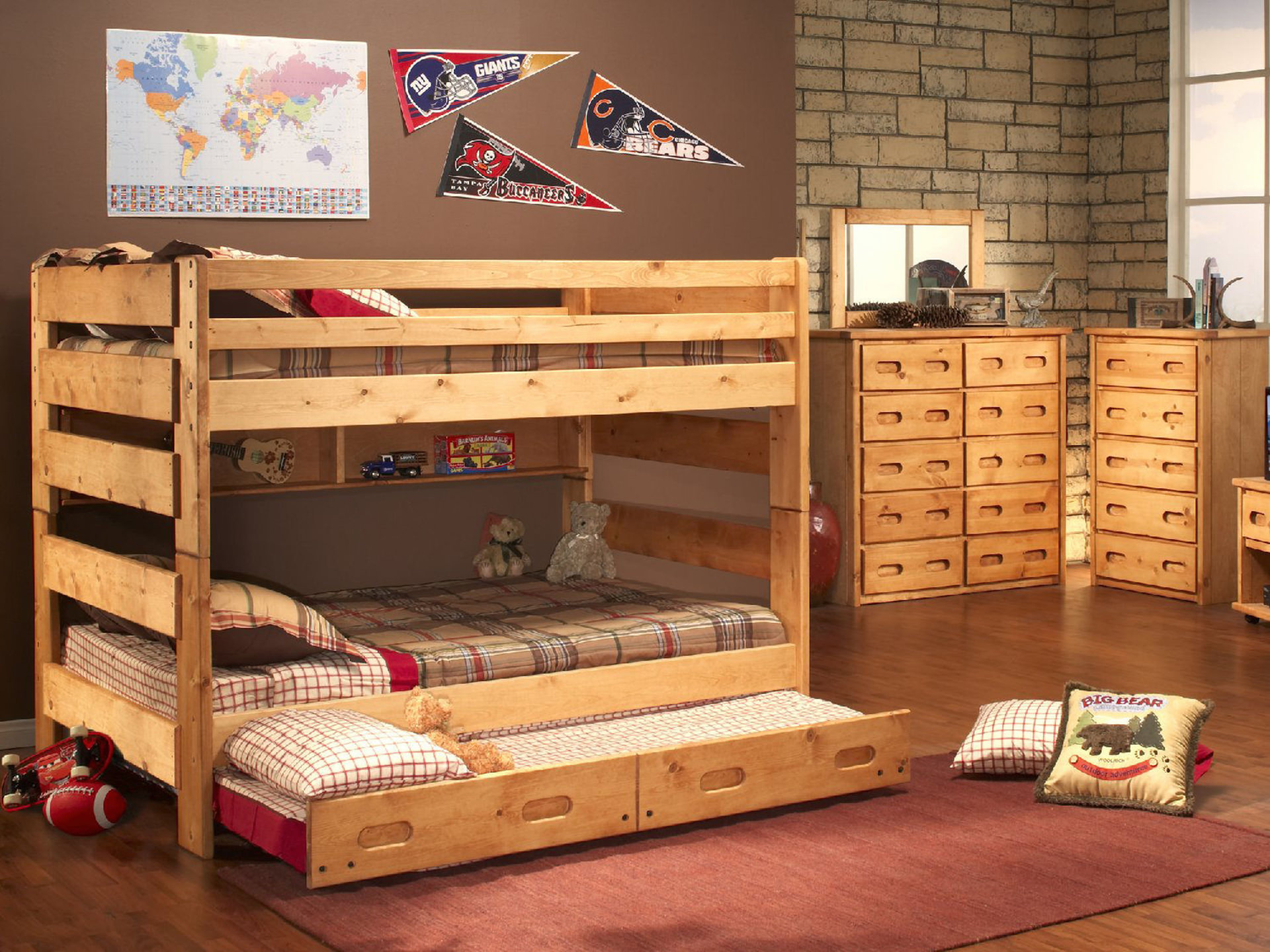
Not every house has as many available bedrooms as there are children. Even when it does, there still might be reasons to put two beds in one room. The kids might prefer to have one room for sleeping and another for play. You might want a spare bed for sleepovers. Also, you might have an adult guest room where a second sleeping spot is sometimes called for.
So just how should you fit that extra bed into a room? Where should it go? What has to move around? Should you be looking at bunks? Here are shared bedroom ideas to make the room as comfortable for two as it is for one.
What Size Room Do You Need for Two Twin Beds?
You can fit two twins into a room as small as 9x9 feet, but it’s tight. A twin mattress is 39x75 inches, but a twin bed frame is several inches larger. If you put a bed against each wall in a room this size, you’ll have about a two-foot aisle and a small open area, enough room for a shared nightstand and a dresser or chest. If you L-shape the beds, two walls get taken up and a square a little over 5x5 will be left over.
A 10x10 room is more practical. This allows for some furniture and a bit of a play area. And you have more choices on bed and furniture arrangement. The average-sized American bedroom, at 11x12, has more than enough capacity for an un-cramped two-twin layout.
If your space isn’t what you’d like, there are ways to make the best of it. Twin beds are available as storage beds; maybe you can eliminate a dresser. Some storage beds have headboard shelves as well as underbed drawers. Beds that sit high from the floor leave room to slide storage boxes underneath. Even with a low bed, you might be able to create that space by using bed risers.
How Do You Arrange a Room with Two Beds?
The most common solution is to put the beds side by side with a shared nightstand between the heads. Adult guests tend to prefer this setup, and it’s easiest to make up the beds this way. With children, however, an arrangement that separates the beds creates a larger play space and gives each kid ownership of their side of the room. In a larger room, you can establish a boundary between these spaces with a shelving unit, curtain or other room partition.
Wall-and-wall beds can be directly opposite one another or in diagonal corners. Another wall-hugger option is the L-shape, either with one bed butted against the other or a square table in the corner between them.
Advantages of Best Bunk Beds
Most small bedrooms have ceilings just as high as large ones, and a bunk bed makes use of that “vertical space.” Often both beds take twin mattresses, but there are “twin over full” bunks with a larger lower bed. Many bunks beds are loaded with storage, with drawers not only under the lower berth but also built into the staircase. There are even trundle versions where a third bed slides out from under the lower deck.
We normally think of bunk beds for kids, but why should children have all the fun? A double decker can work in a jauntily furnished adult guest room as well.
Twin Beds vs Bunk Beds
It’s hard to beat bunk beds for freeing up floor space. You can do a lot with an area the size of a second twin bed. On top of that, bunks are just flat-out fun! Learn more about bunk bed best practices in our blog posts:
Bunk Bed Basics: 5 FAQs, Answered!
However, some parents are going to have safety concerns about bunks. Most have rails, and falling out at night is unlikely, but roughhousing can be an issue. Also, who gets the top bed? It would be great if one child wants the upper berth and the other the lower, but grown-ups know that things don’t always work that way!
Another plus for twin beds is that they’re easier to make up. Tucking sheets into the upper level of a bunk bed is a challenge.
What Are Other Options for Two Beds in One Room?
Everyone who’s lived in a college dorm knows about another choice: lofted beds. As the fall term begins, enterprising upper-class students range about with hammers and saws, constructing these conveniences for a fee. You don’t have to be a carpenter, though, or settle for a rustic look; you can bring home stylish loft beds that are ready to go. Even in a one-bed room, the floor space savings are not to be sneezed at.
You can also purchase a lofted bed that incorporates a useful space underneath the bed. For instance, a loft bed with a twin bed above and a built-in desk below is ideal for many students, allowing a space for sleep and study. A loft bed with a twin bed above and a futon underneath is another option, giving a child extra space to play games or watch movies. Of course, the futon can also be used for sleepovers.
Learn more about in our Lofty Design Ambitions blog post.
Trundle beds are another choice, especially in a room where the second bed is required only some of the time. The trundle slides out from under the parent bed. Some trundles lie low, and others pop up to the same height as the main bed.
Get trundle bed design ideas in our Roll Out the Trundle Beds post.
As you can see, there’s no reason to limit your number of beds to your number of bedrooms. Use one of these enhancing techniques to double a room’s usefulness!
